Well the semester is wrapping up and I'm finishing up a 100-page book of all the research done on my tiny house this semester. More to come on that...but here's some teasers.
Thesis Interview
For the MIT architecture blog, thesis students are being "interviewed" each week about their thesis. It's a quick way to give other students in the program a window into what's happening in the thesis room. Here's my response:
Denver
I'm very happy to be in Denver for the long weekend taking a mini break, visiting friends and my boyfriend, and meeting with a handful of design-build offices in an attempt to actually be employed post-graduation!
PTH update
This past week for my Independent Study in passive tiny house, I ran some numbers for water. These will eventually be assembled into a manual for other builders to reference. My conclusions were basically that we will not be able to sustain ourselves on rainwater alone in our current house design. The three factors in the water catchment equation are 1) how much water you use, 2) how big your catchment surface (roof) is, and 3) how much rain (and snow) you get (annual precipitation)
Denver's annual precipitation is about 15in. Our roof is 204 sqft, but we can attach an equal sized roof that can fold up to an open porch that brings us to a total of 408 sqft. We estimate 2 people will use a total of 40 gallons per day, everyday (20 gal per person). This number relies on having a composting toilet, (alternatively you could reuse grey water for this and still be in the 20gal per person range), using low-flow shower heads and faucets, using a front-load washer and hand-washing dishes. It includes drinking water and cooking water, brushing teeth and washing hands. With these numbers, we would only be able to catch about a fifth of our water needs.
So the options are:
1) Increase annual precipitation (move to different city). We would need over 57 in of annual precipitation. Which is possible- New Orleans, for example would qualify. This would cut down on sun needed for solar energy though. Most cities we would consider moving to get between 30-40in.
2) Increase catchment area. We would need about 1500 sqft of roof or ground surface. This is a typical single-family home size, but much bigger than our 204 sqft footprint.
3) Decrease our water usage. We would have to get down to 5 gal/day per person. This basically translates to sponge-baths once a week and never cooking pasta and hauling clothes to the laundromat.
4) Supplement our water source. Other options are: being hooked up to the municipal water supply, getting water delivered by truck, or digging a well.
We will probably go with #4 and pay for water from the city of Denver. For our lifestyle goals, this makes the most sense to us. Water is actually pretty cheap in Denver. Then we will have to decide if we still want to set up the house for water catchment at all. There are some large upfront costs with that, and more space devoted to utilities where every inch counts. I think personally, it would be a good experience learning how to set it up. If we ever decided to live in it part time, or move to a different city, or rent it out to just one person (while we do a world bike tour, obviously), it's possible that it could sustain itself on water catchment alone, which would be pretty rad.
Looks like I'll be dropping the "P" in PTH though.
Passive Tiny House Design
Here's the latest layout for our tiny house. I'm proposing an independent study at MIT in which I'll work on the designing the house's off-the-grid energy systems and doing structural calculations. It's definitely feasible to just build the house without doing all the calculations, but as we're trying to build as cheaply as possible, it's important to know where to skimp and where to invest. We will try to get a lot of materials used or donated and it would be nice to be able to calculate the long-term value of a 20 year old free window compared to paying money for a new window that might help keep warm air in better in the winter and last longer. It's a delicate balance between dollars, inches, and years.
Summer Sketching
I was given this hand-made sketchbook as a thank-you gift for helping out a thesis student, Travis, 2 years ago. It sat dormant for a while, until now.
Could there be a more perfect sketchbook for designing your 8 1/2' x 24' house? If it was a little thicker I could use it as a scale model!
View From The Water
Distorted geometry in reflections of the Buffalo River
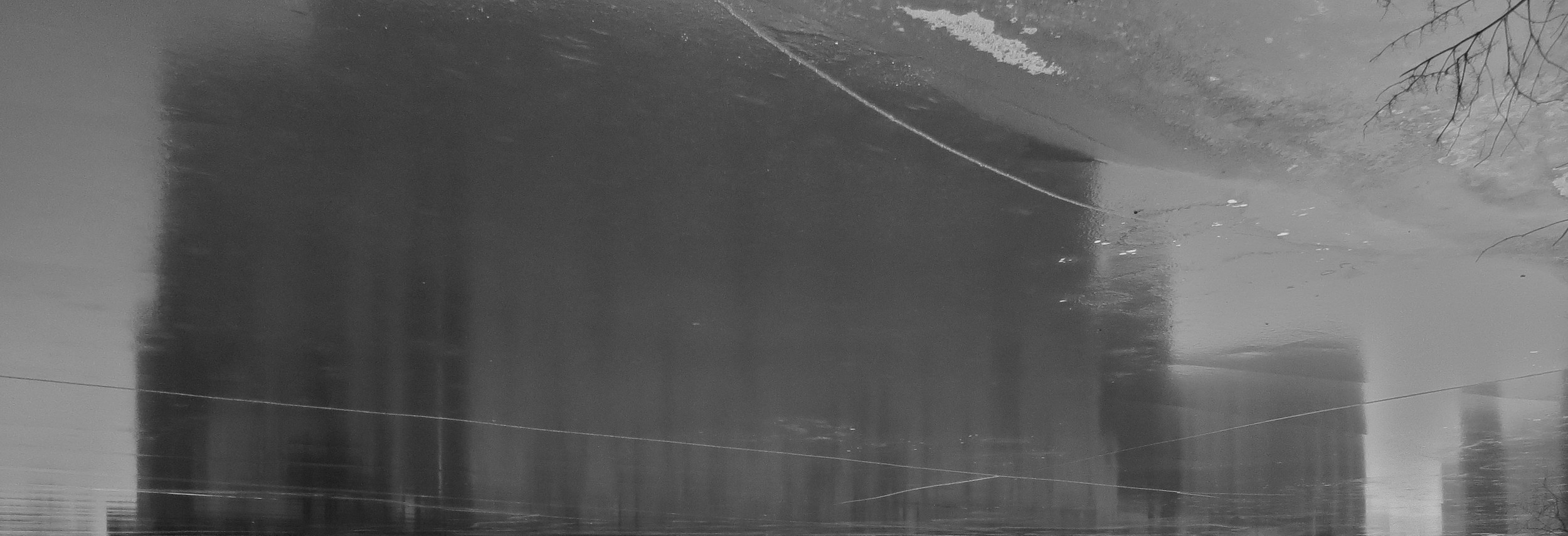
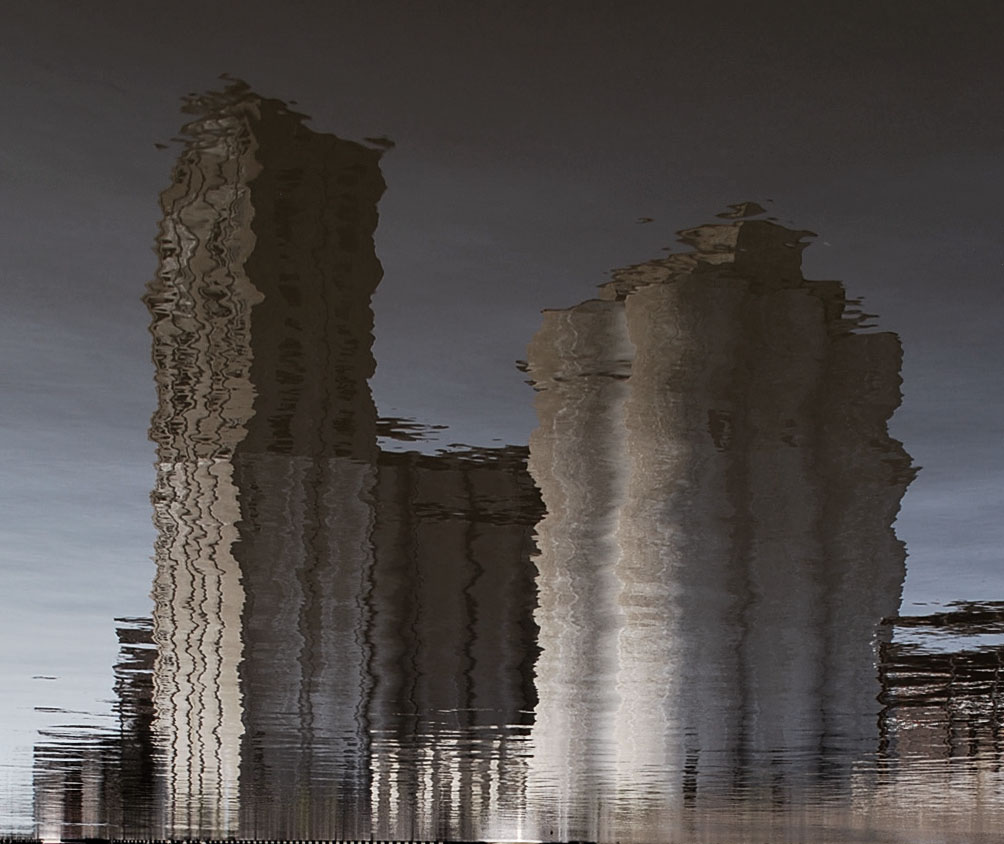
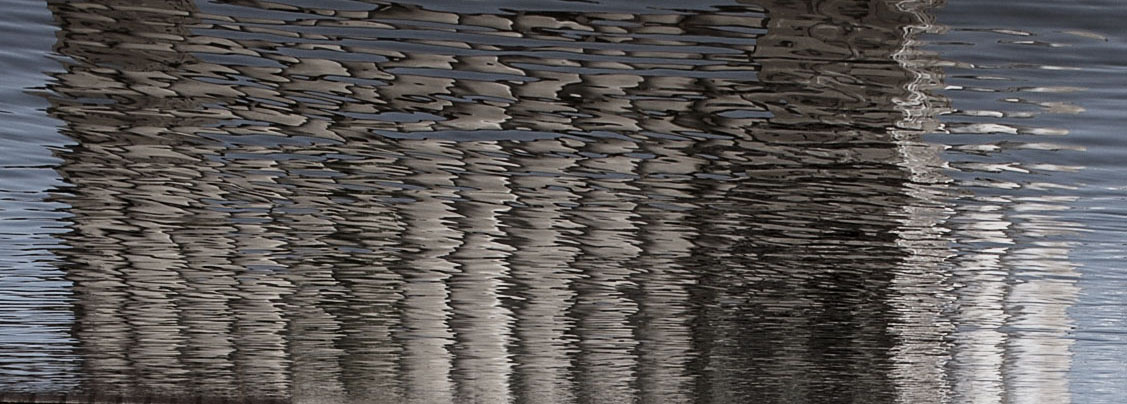
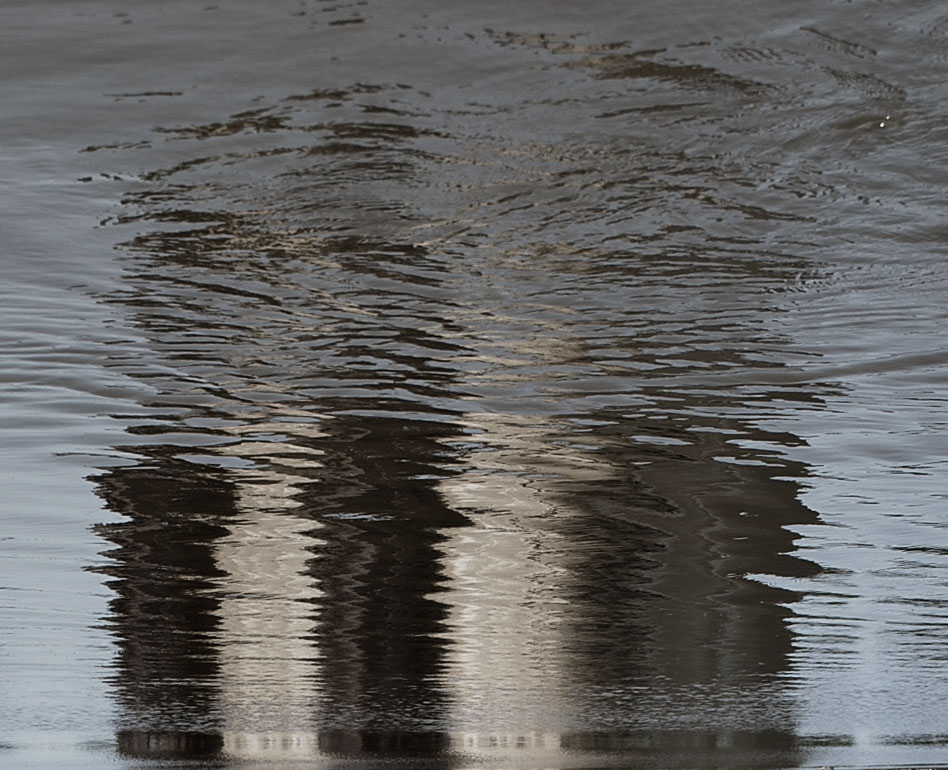
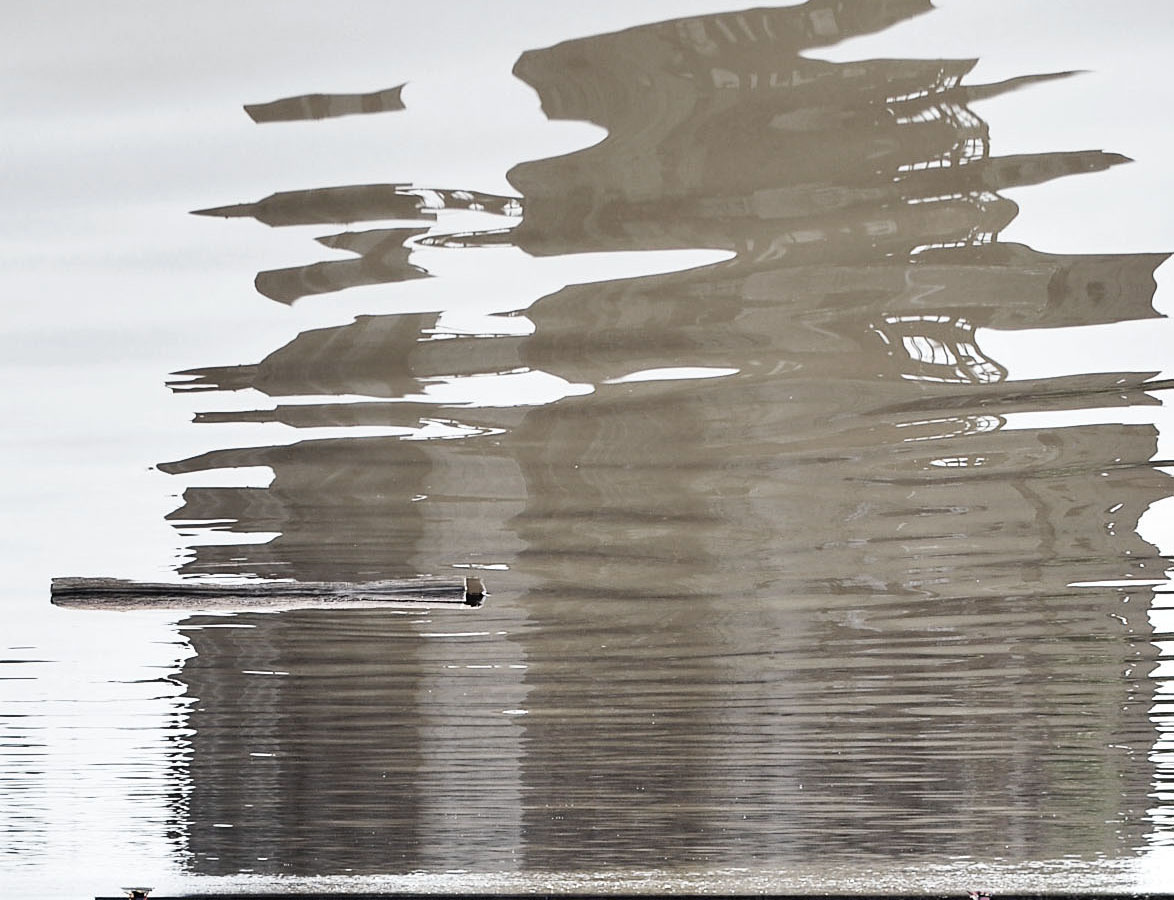
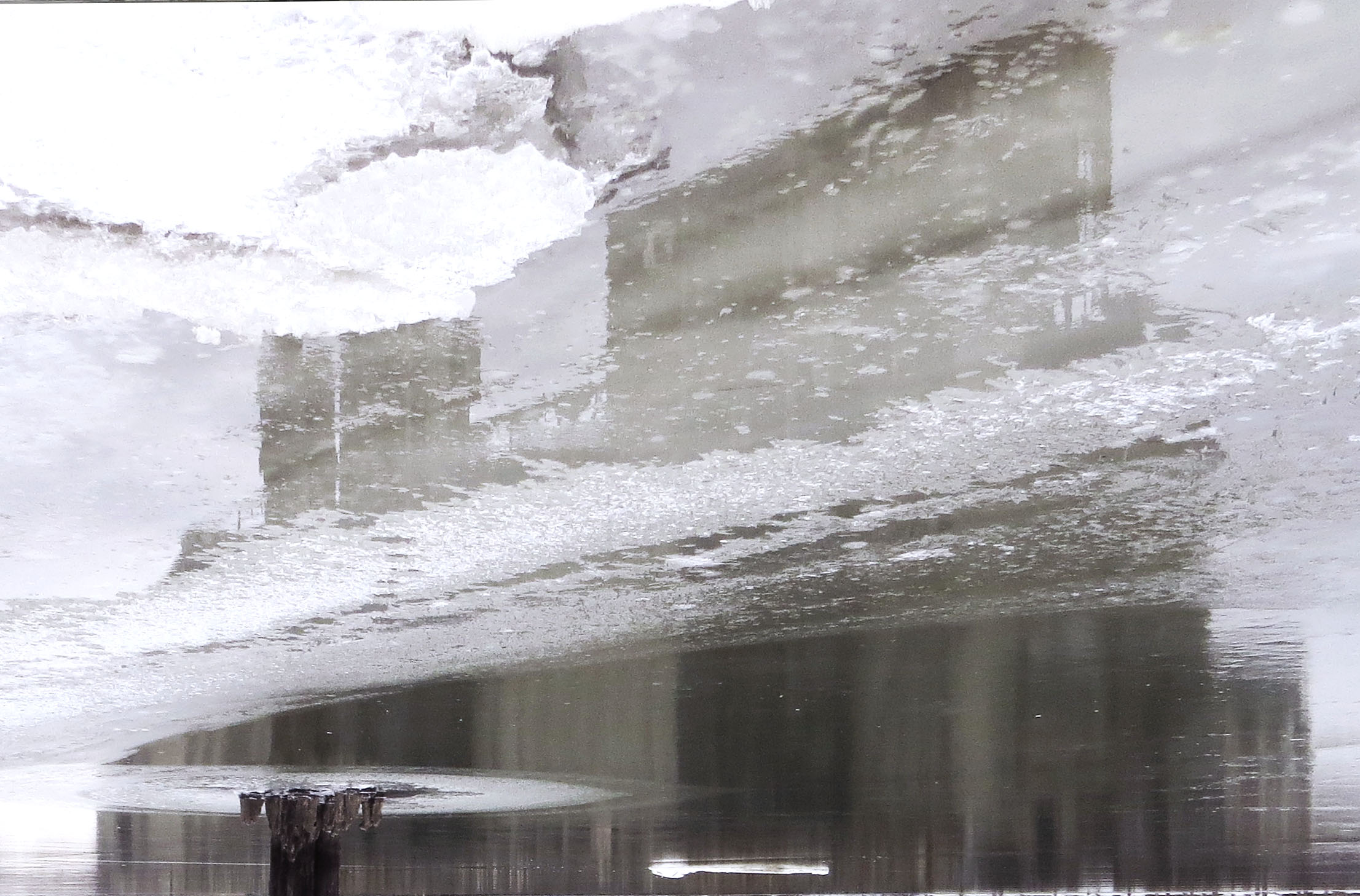
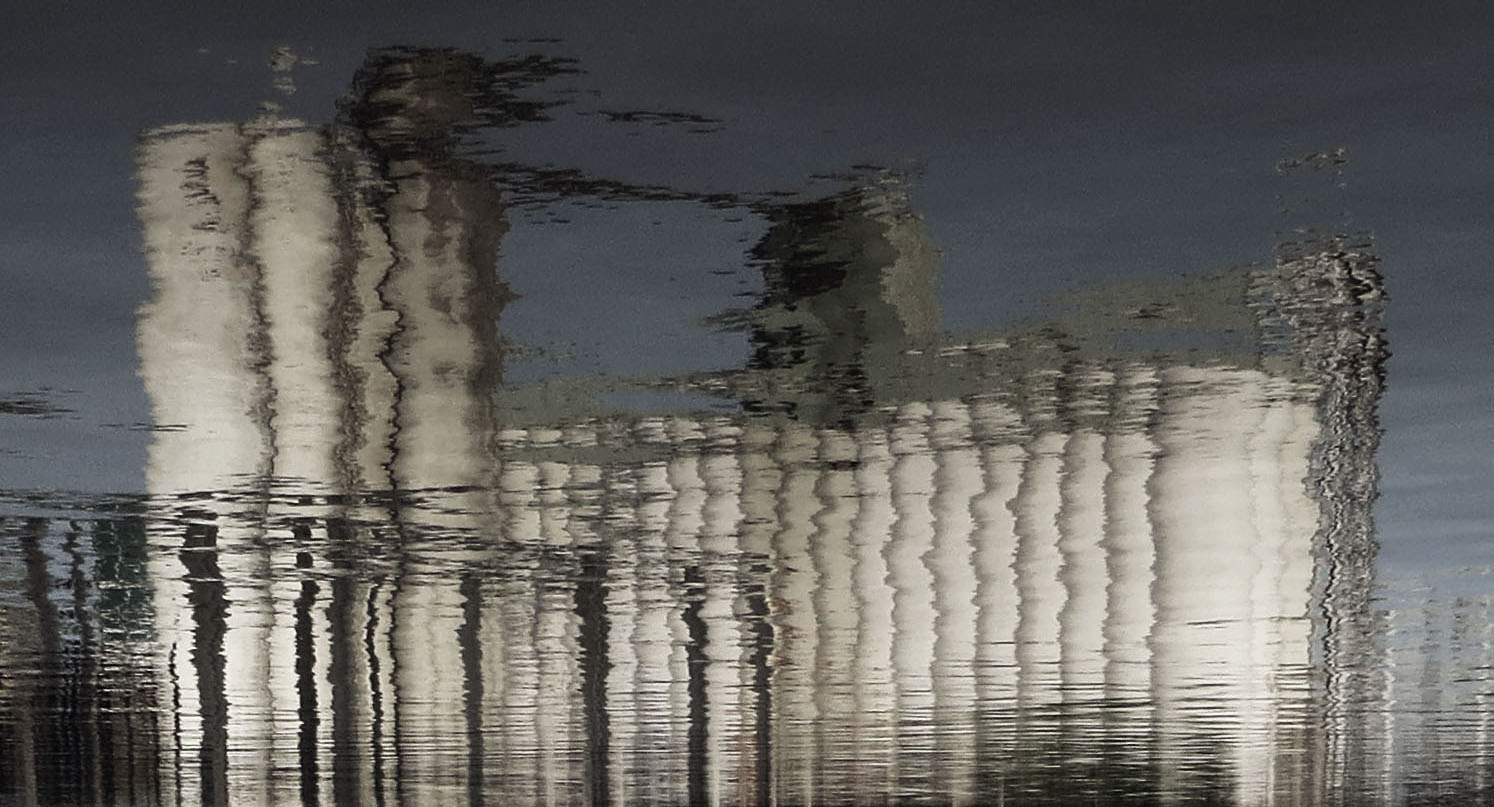

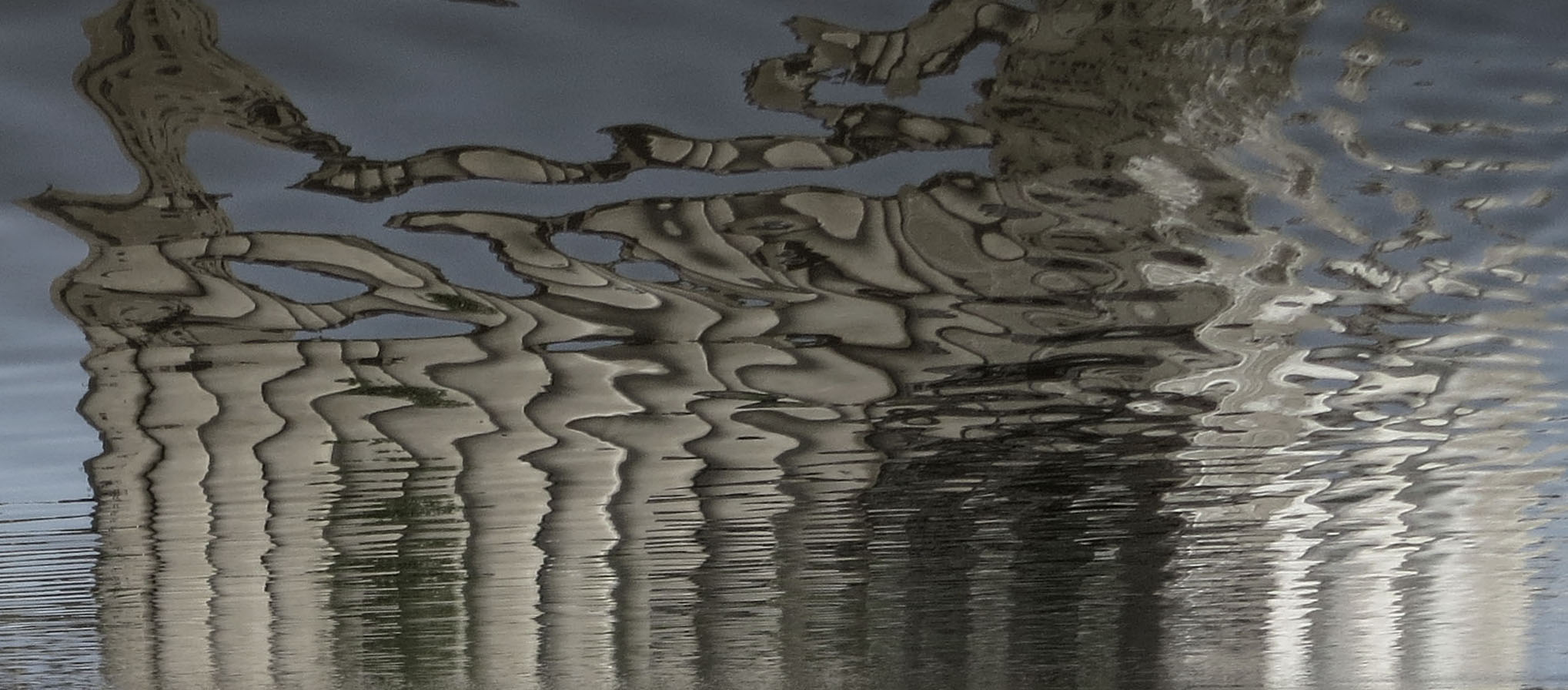

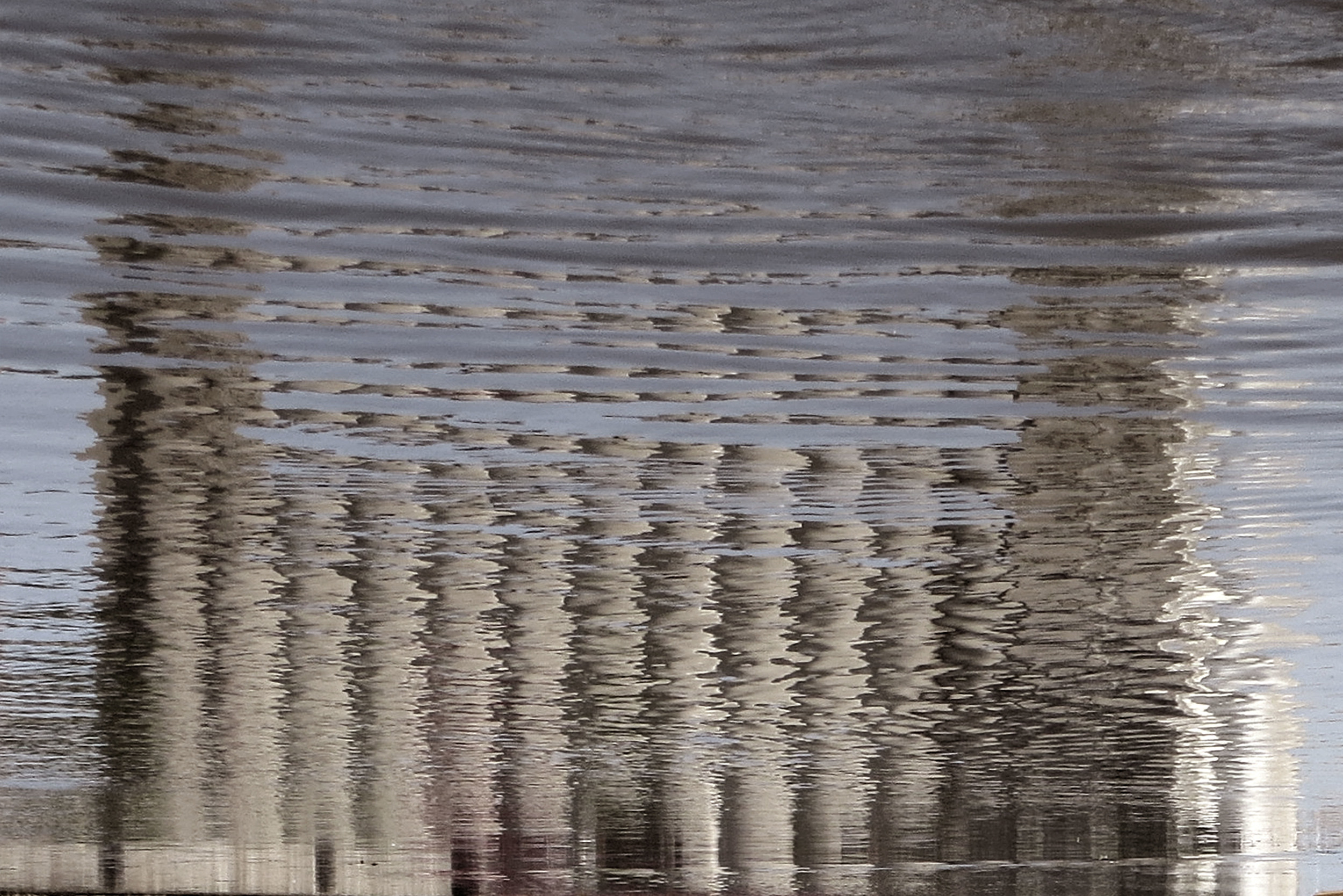

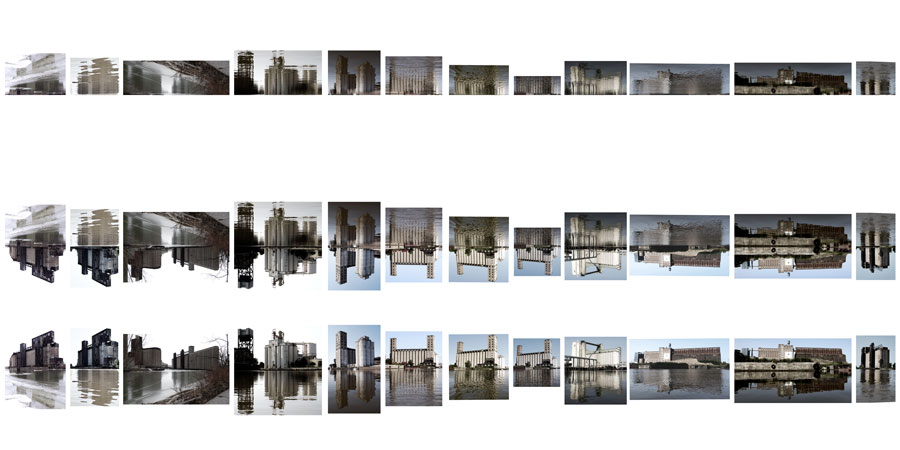
Day One at Silo City
Today starts my week long adventure in my home town of Buffalo through the lens of my thesis on adaptive reuse of abandoned industrial buildings in shrinking cities. Case study: grain elevators in Buffalo. This morning I met with Jim Watkins, the Silo City Site Manager who is a wealth of knowledge of the happenings and history of these concrete giants. I interviewed him outside his house beside his super-chill giant dog, feeling totally dwarfed by the silos rising around us. He gave me a tour of the site and led me through the three buildings that Rick Smith of Rigidized Metals owns and then gave me free range to explore. Also on the site today was a graffiti class for inner-city youth: using the silos as their canvas, remnants of a wedding that happened there, and the beginnings of the design studio with +FARM with whom I was able to talk.
I have lots more meetings, tours and interviews scheduled and will even get to check out a wedding happening at Silo City on Saturday.
I'll be here grinning all week, smelling Cheerios from General Mills.
Meanwhile, here are some photos from today:

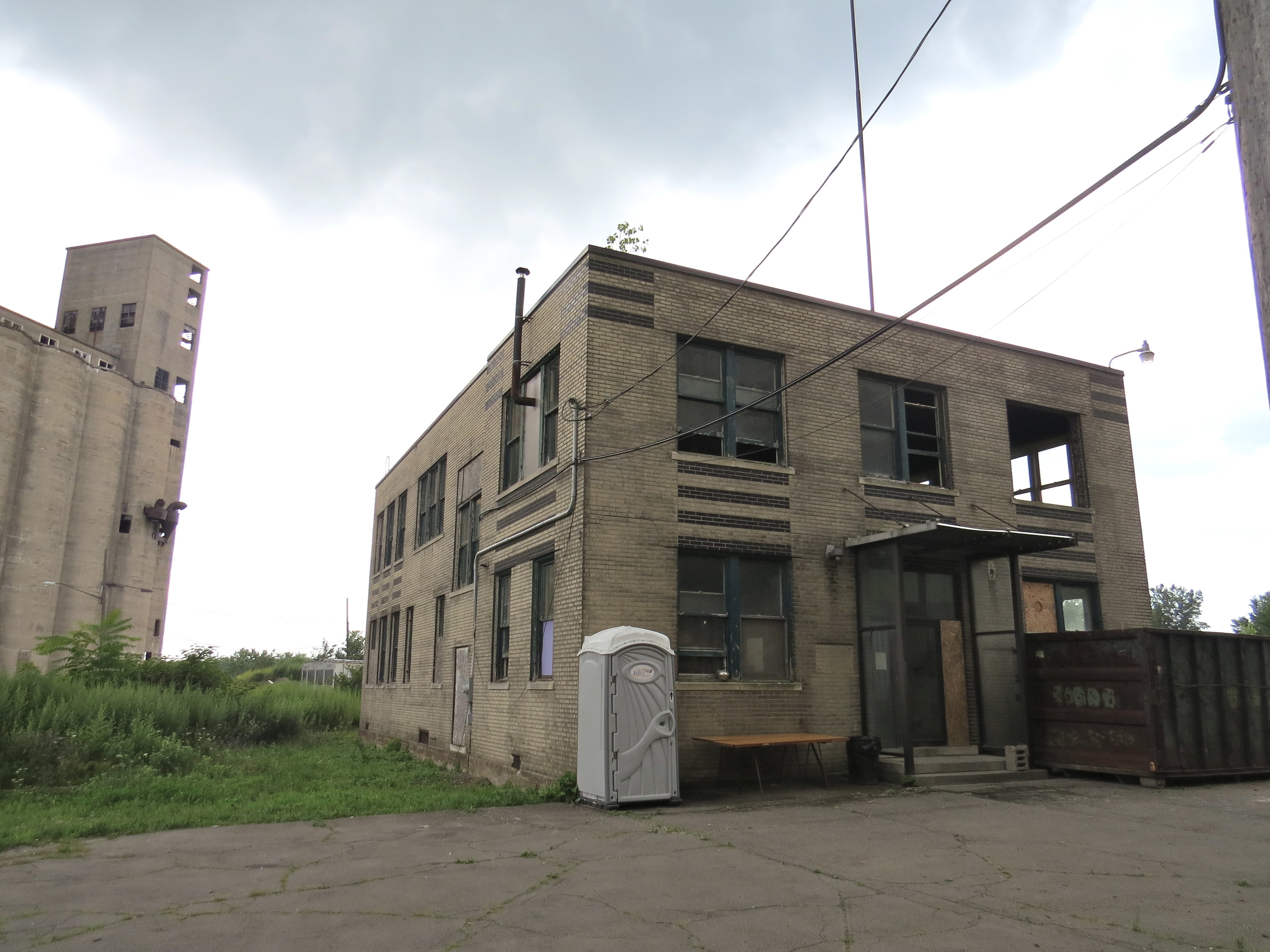








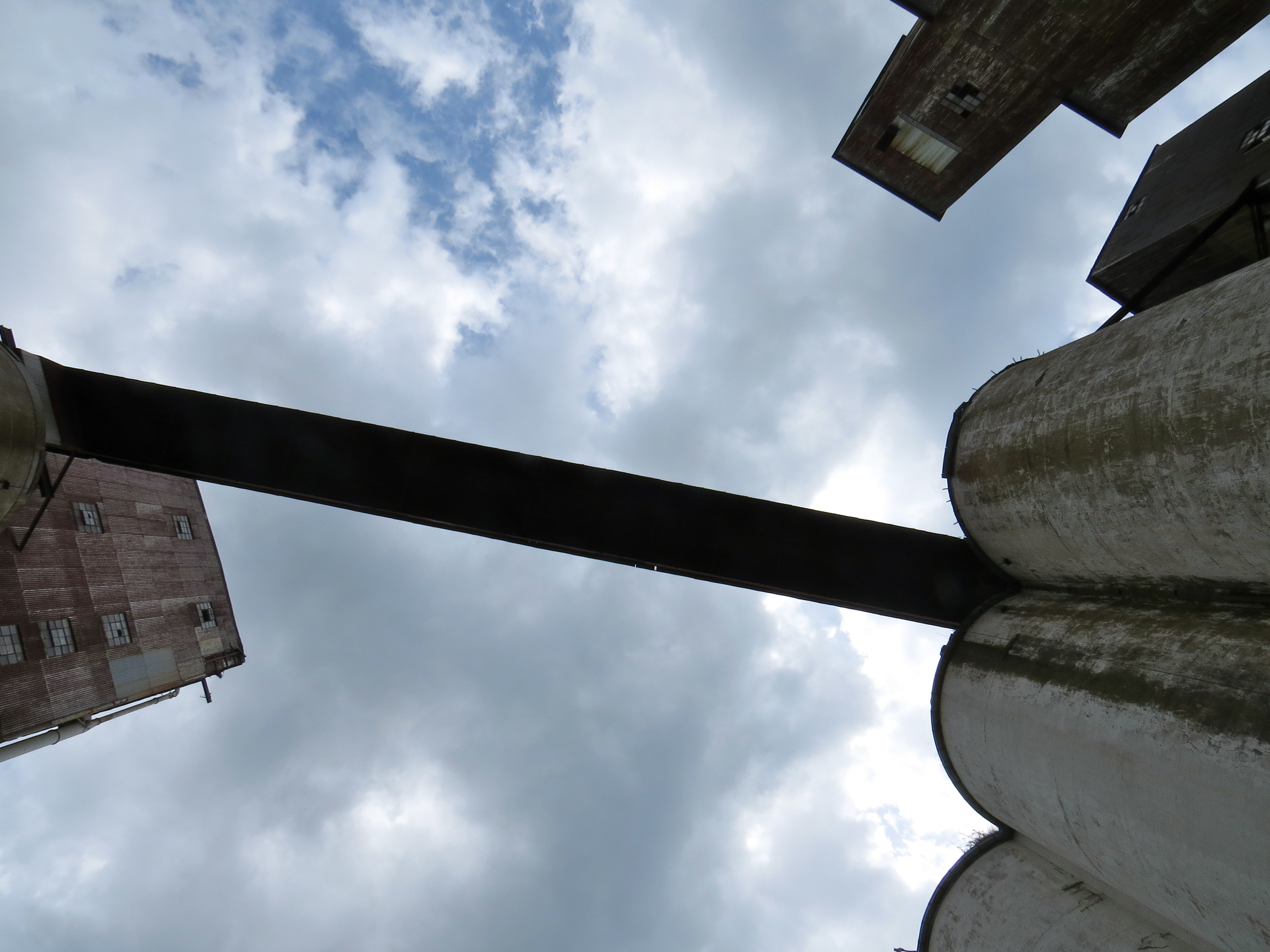






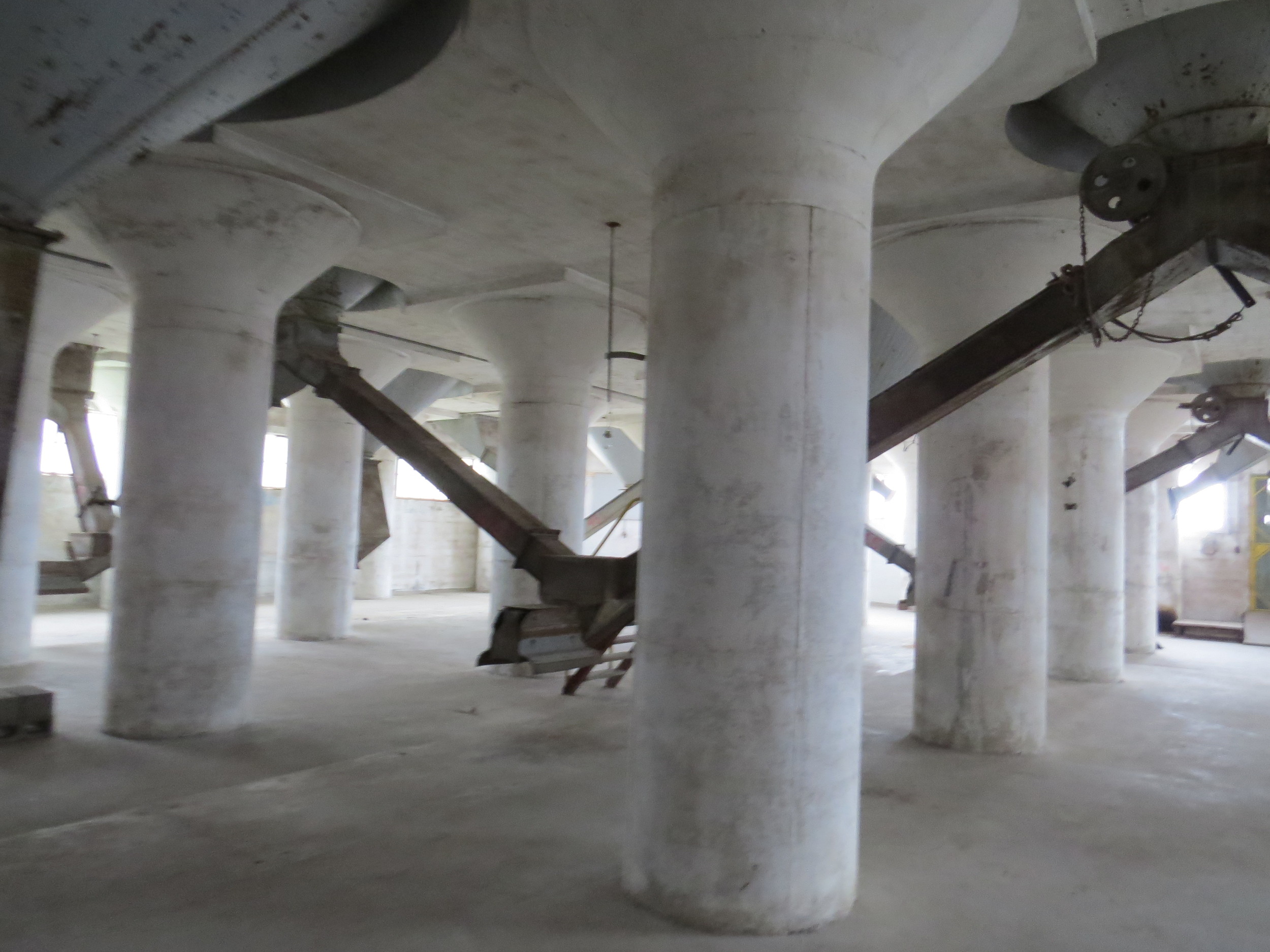
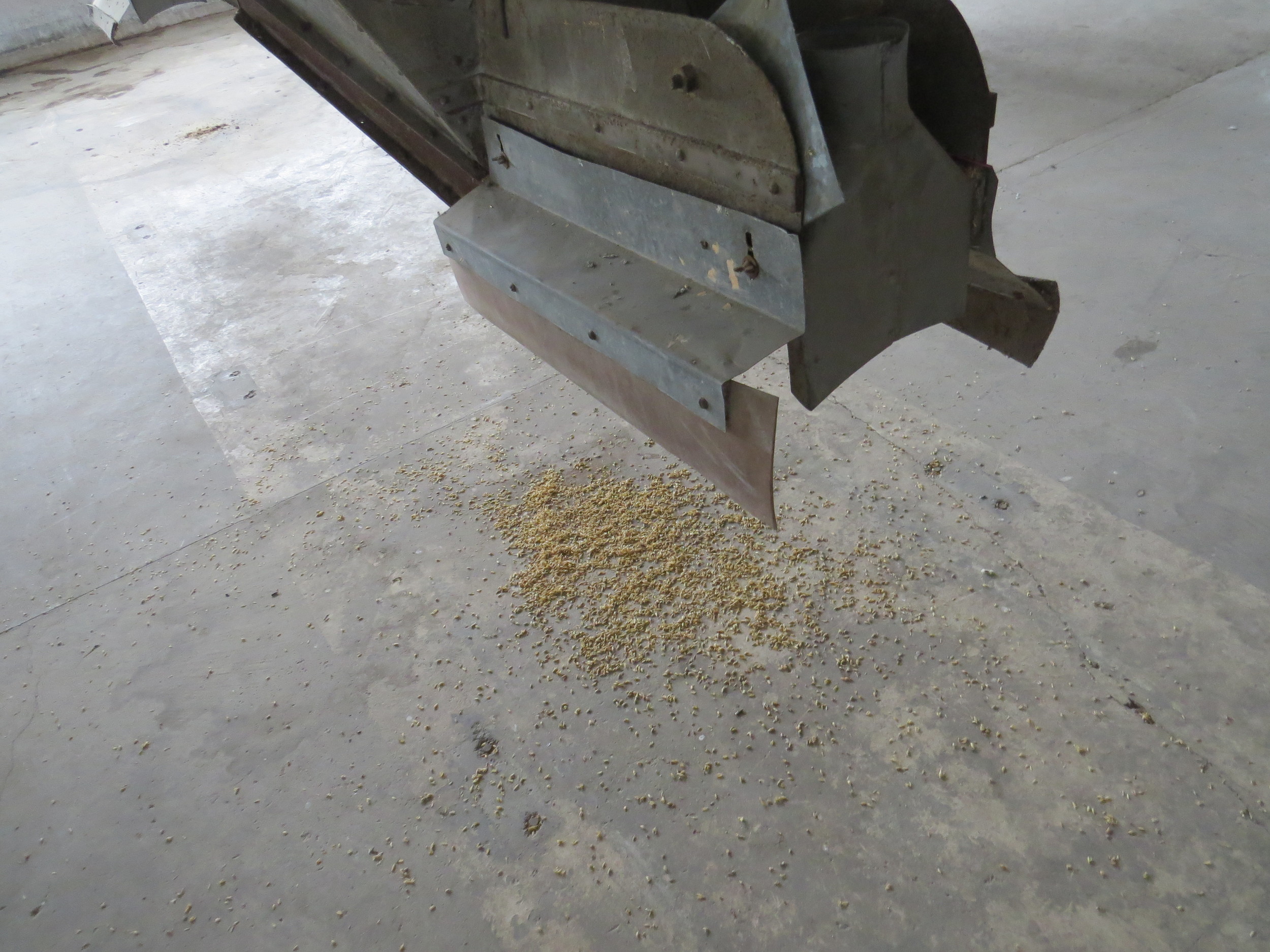


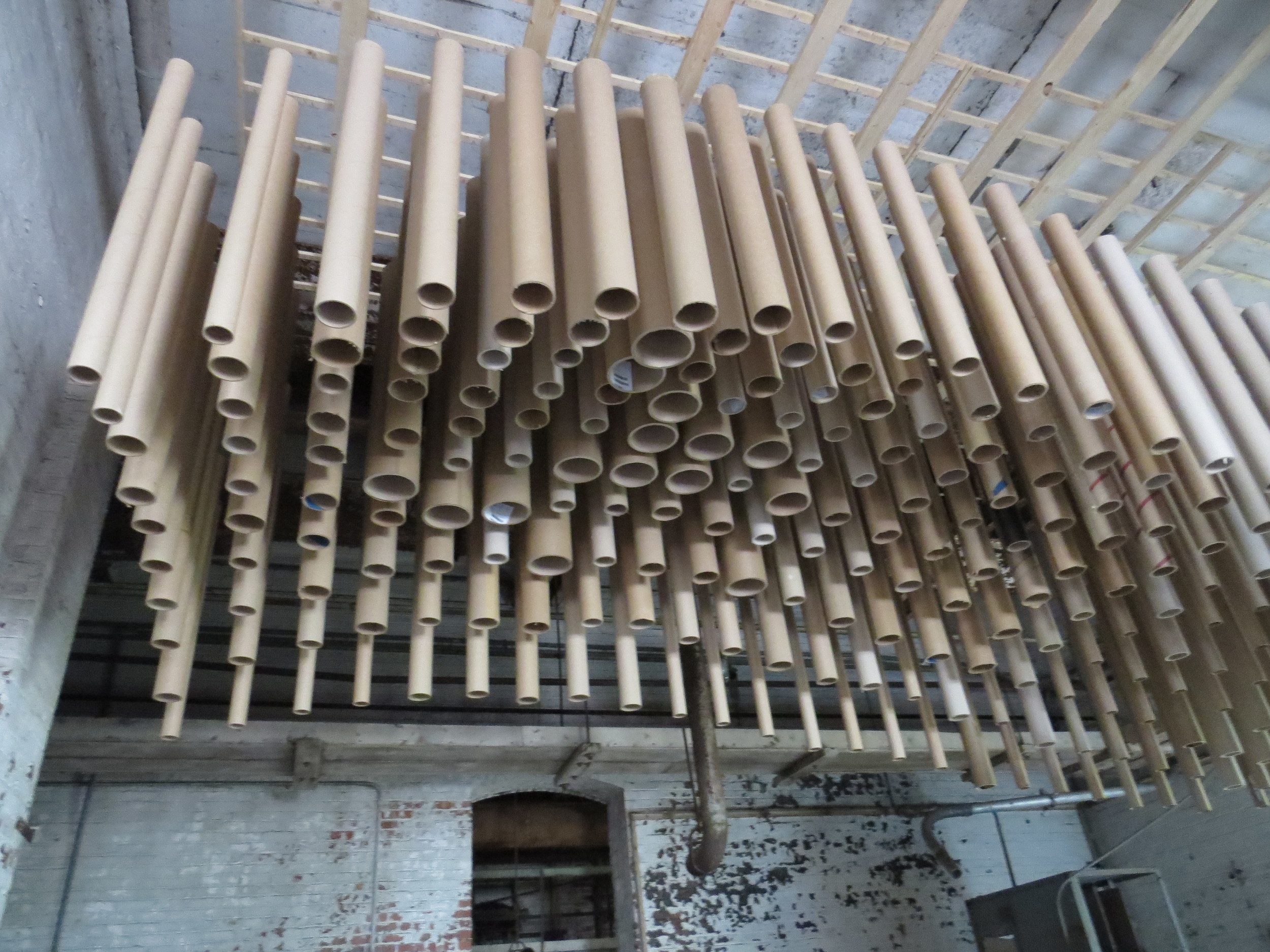


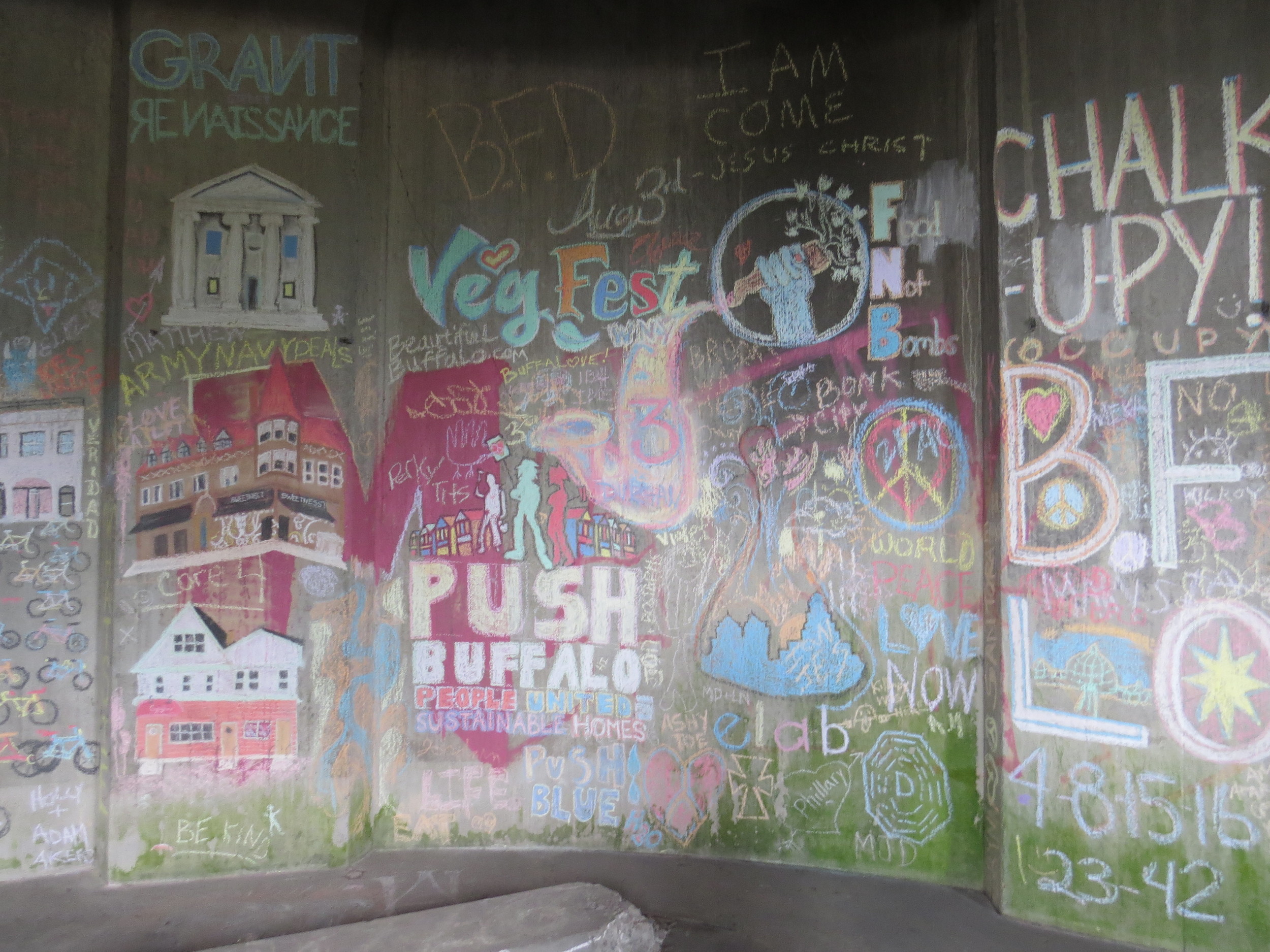
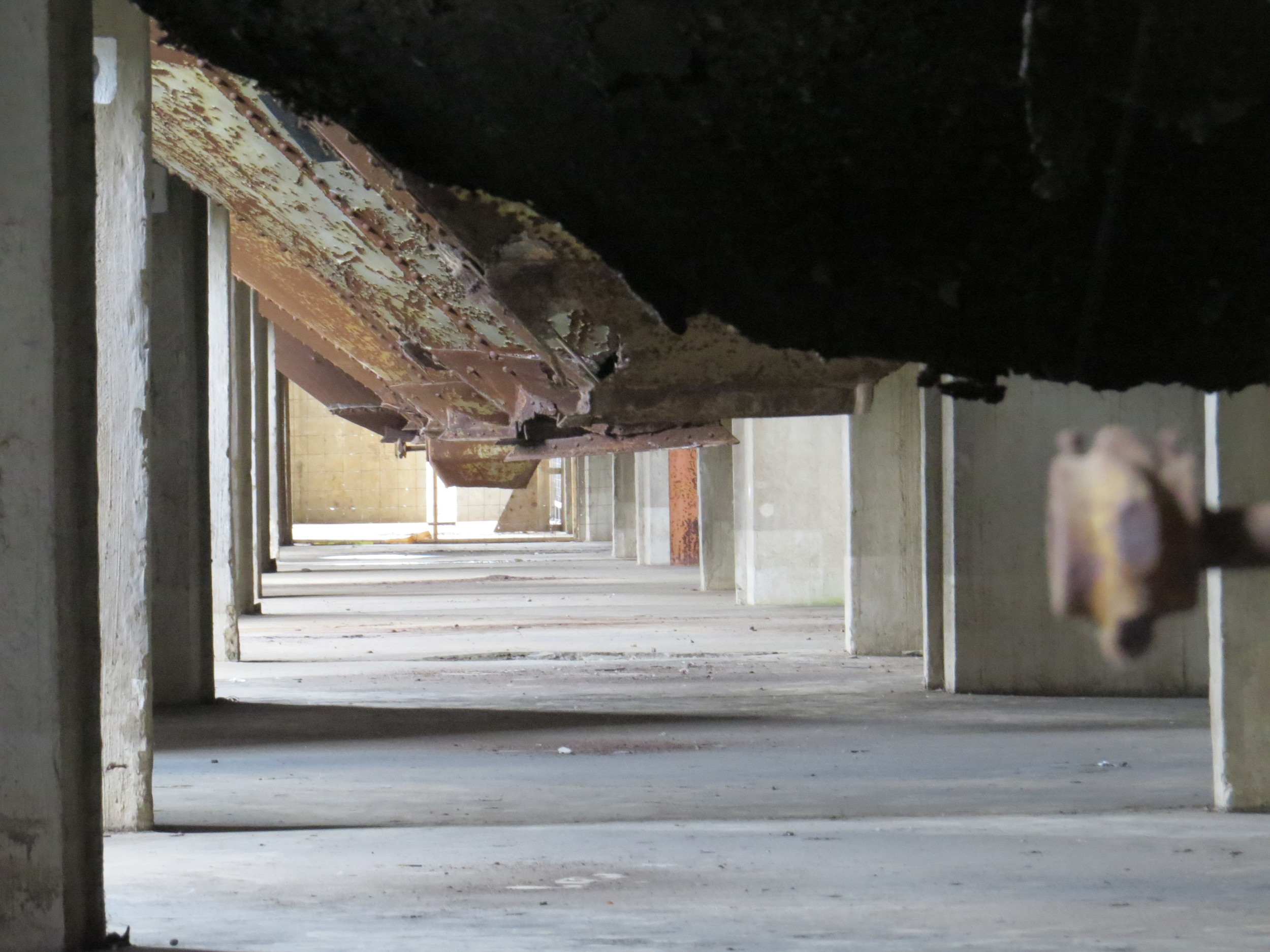

Hard-drive Happiness: A New Folder
I get a small thrill creating a new folder on my external hard-drive. It usually means I've finished a semester and I'm starting a new class, or I'm starting a new project. Most of these fit into existing categories, so there are few times when I actually make a new stem folder. This recent folder is especially thrilling because it contains designs for a future project in which I will be living. Folder name : 07_Our House. It's been a productive summer so far.
Thesis Travel
Next week I've scheduled time to go to Buffalo, NY and visit some grain elevators there and chat with designers from +FARM Studio who are working for three weeks on fabricating a pavilion along the Buffalo River funded by Rigidized Metals, a company invested in the grain elevators.
www.http://www.plusfarm.org/2014-tactical-tectonics-workshop/
Here are some things I've been producing from industrial building photographers Bernd and Hilla Becher's body of work on grain elevators:
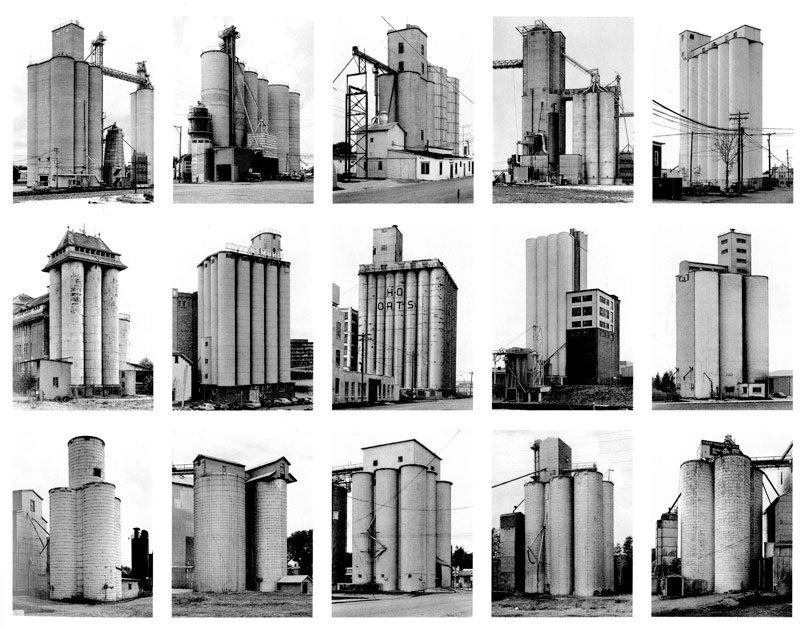
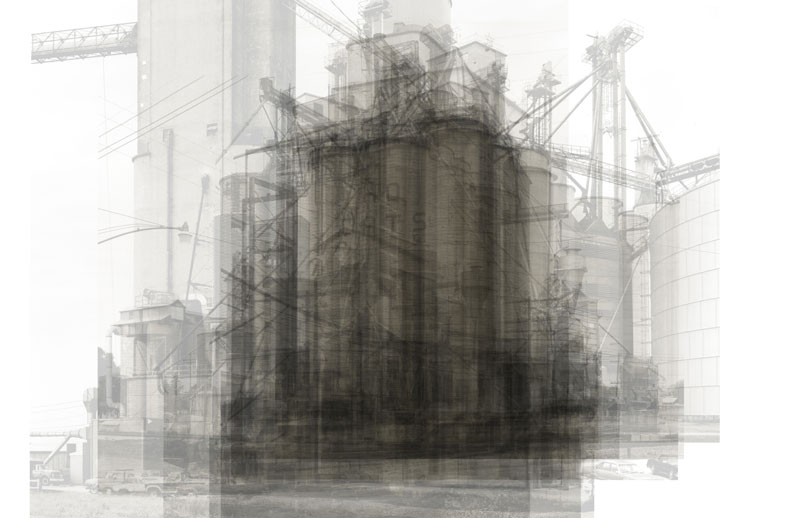
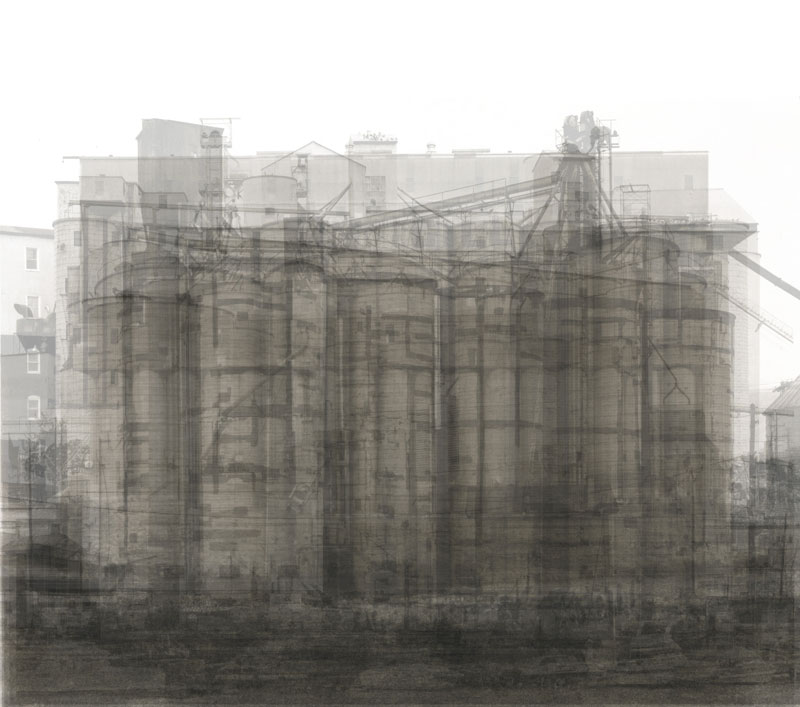
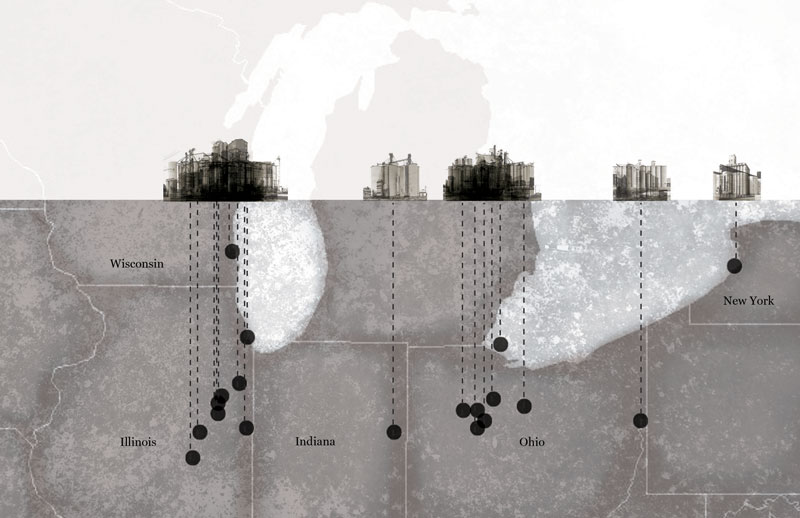
New Project Post
A sketch proposal for Buffalo, NY with the Green Archipelago urban design strategy applied of Ungers and Koolhaas. This addresses the realities of shrinking cities-cities declining in population and how to maintain urbanity as density decreases.
http://www.lauraschmitzdesign.com/#/buffalo-a-green-archipelago/
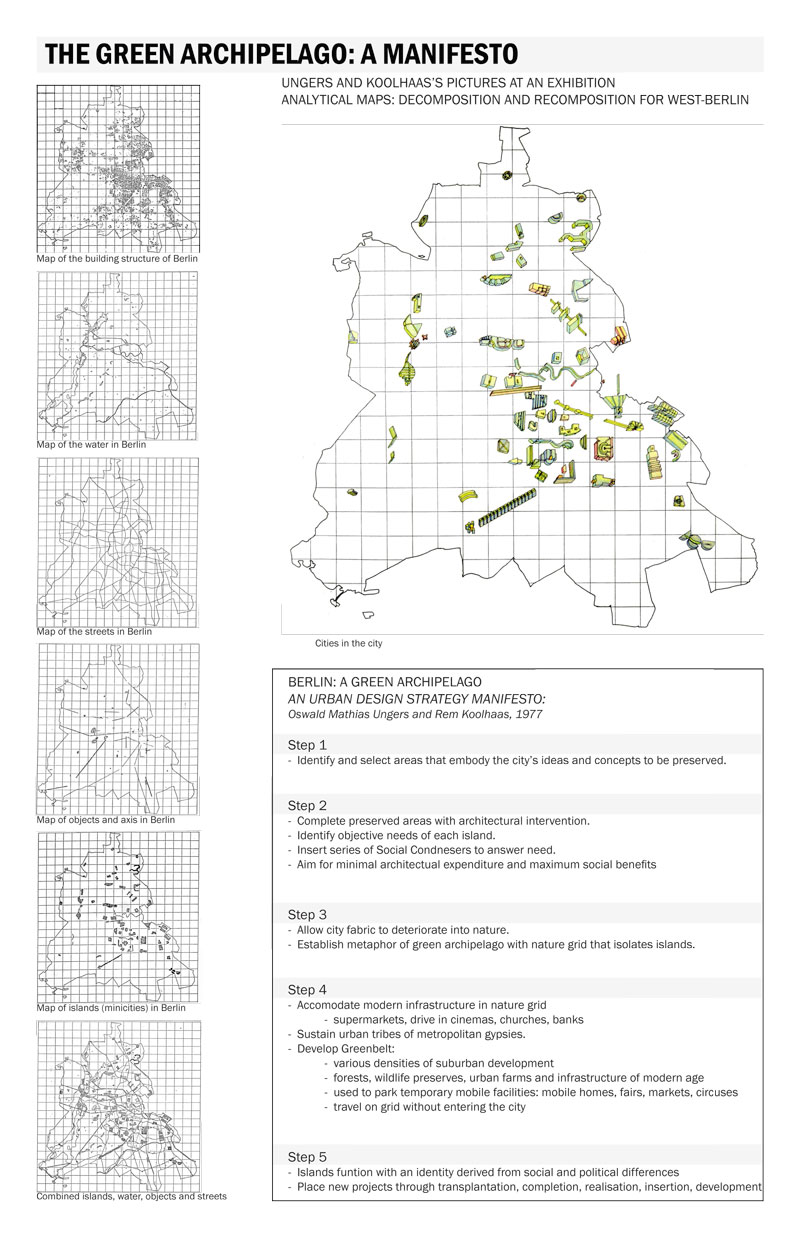
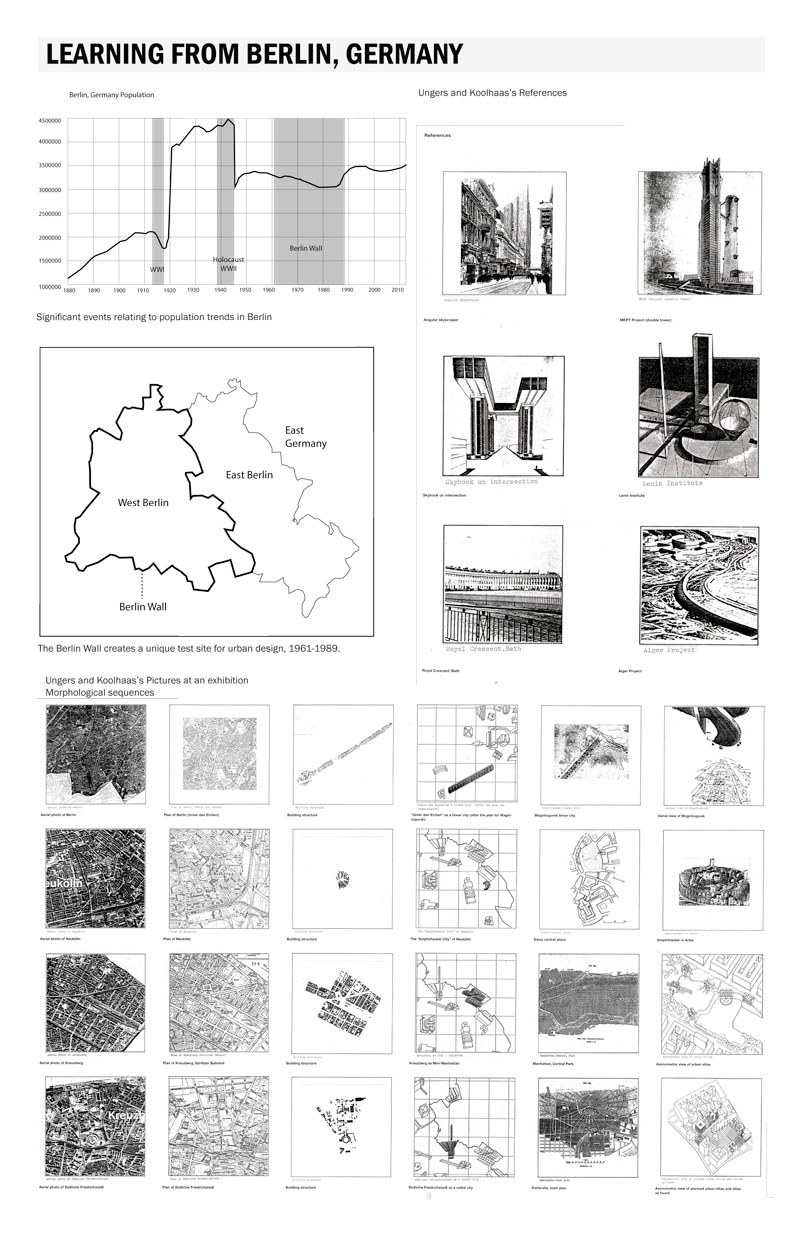
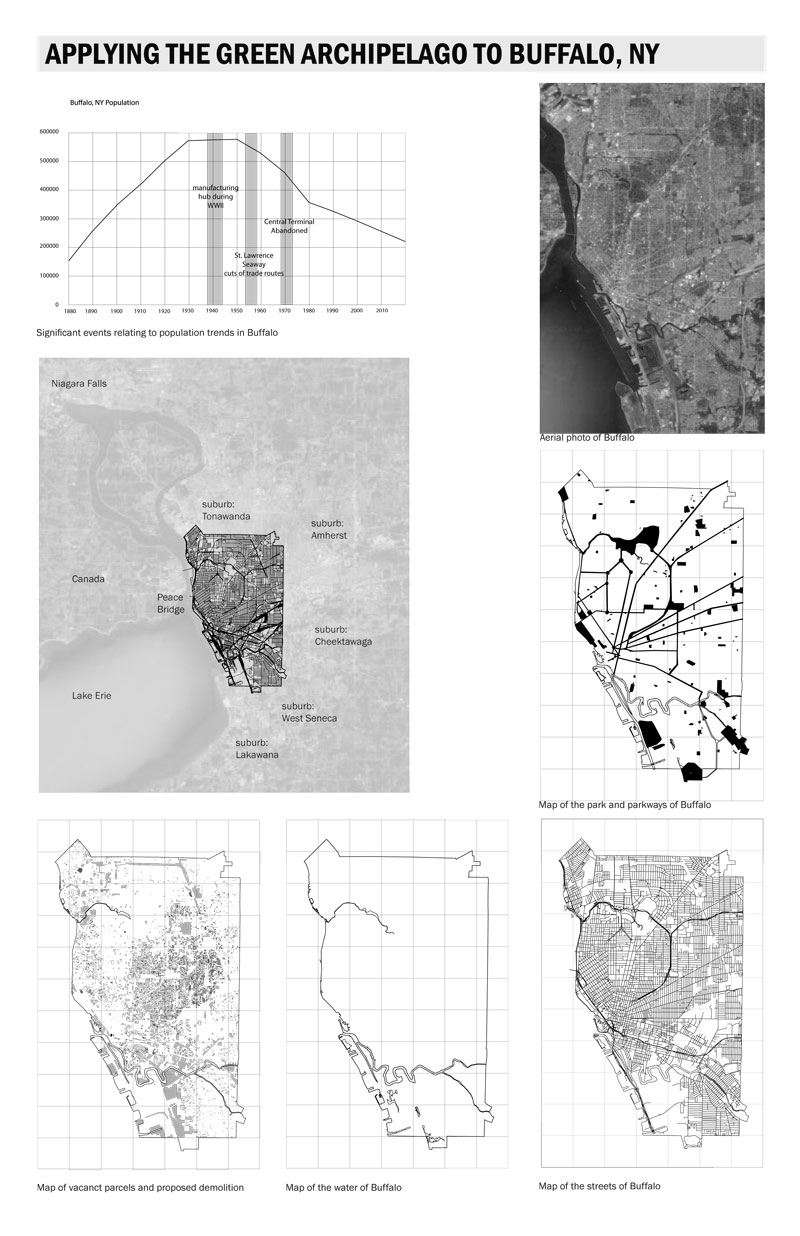

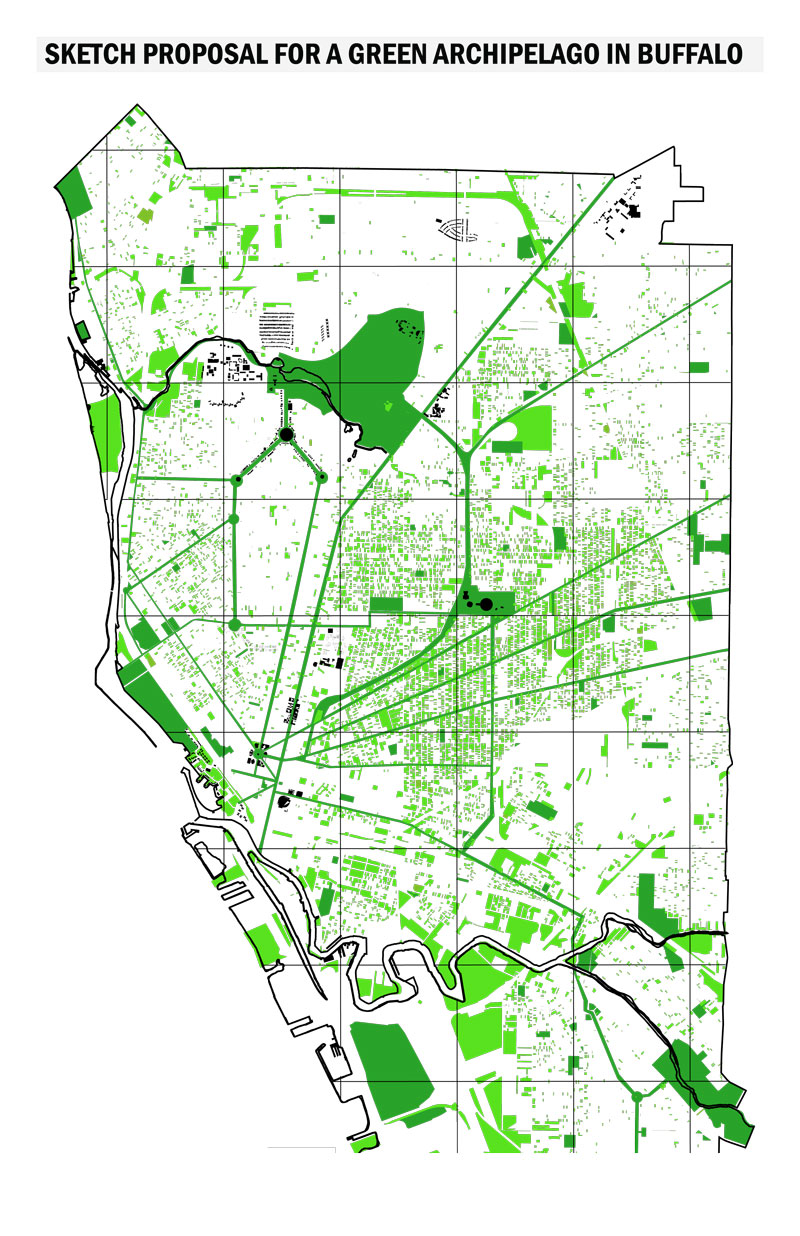
Summer Work Update
This week I staffed MIT's Open House at the Stata Center for the Grand Junction. MIT Office and Campus Planning is currently working on a Feasibility Study to see if the Grand Junction, the railroad on campus, can be converted to a mixed-use bicycle/pedestrian/train path that could safely connect Cambridge over the BU bridge to Allston and to the future Somerville Community Path.
We had about 50 people show up to learn about the study and voice opinions. Lots of people are invested in making this happen. Meanwhile, there are a lot of logistics to work out--fitting in dimensions of paths at narrow points and negotiating the travel of hazardous chemical-carrying vehicles in that service alley.
I'm looking forward to contributing to its progress this summer.
Learn more: http://grandjunctionpath.org/
Data!!
One of my thesis committee professors just hooked me up with at least a hundred GIS layers of data for the city of Buffalo which I've been trying to track down for months. It's like Christmas in June! I've been so psyched all week. Railroads! Water! Parks! Vacant parcels by year! Time to get map-making!
Remember, Sharing is Caring. Always share your GIS data!
Thesis Musings
I'm currently in the midst of Thesis Prep. Here's a peak at what's on my mind:
Grain Silo Adaptive Reuse Brain-Storm Sesh.
Some exist, some have been proposed by others, some are absurd.
Summer
On Friday I accepted an internship this summer in Cambridge working for MIT Office of Campus Planning in Technology Square. I'm excited for the summer and to start working with this group!
Mastering Masonry
This past Tuesday, my studio was treated to a workshop at the Boston International Masonry Institute to learn more about brick laying. This was a really great opportunity to work next to the experts and understanding the characteristics of bricks and mortar at 1:1 scale. It's also always great to venture off campus and hear some real Boston accents.
Interestingly, one union mason defended bricks by saying bricks are so fundamentally sustainable because the Earth produces clay at a faster rate than we create bricks and that bricks have such a long lifespan and can be repaired upon decay or destruction.
Just as in architecture, the mason life is thick with jargon or hyper-specified common words. The vocabulary they generate is indicative of the many issues they are working with. My favorite was when a mason offhandedly referenced an apparently common saying in the industry, "on the hang you gotta bang. If you're on the batter it don' matter." This referred to checking yourself for being plumb and which way your wall leans and strategy for correcting this.
Architects as a whole seem to have a problem of designing for a state of perfection with the presumed tolerance of zero. In contrast, when one is building, everything is assumed to be imperfect-the skill comes from understanding what type of imperfections are tolerated, how to keep them from accumulating and how to make decisions of choosing one imperfection over the other. There are ways to hide the imperfections and ways to capitalize on them. For example, building with a stack bond will undoubtedly highlight the fact that each brick's length is different as a result of method of production. Each brick can be as much as 1/4" different in length from each other making for irregular mortar joint widths. Offsetting the mortar joint each course masks this reality. But these imperfections can be highlighted as well. Bricks can be fired to chemically take on new and somewhat uncontrollable hues which increases visual variation over the entire building.
I think more interactions like this one, from school throughout a career, would improve relationships between architects and collaborators-especially those whose skills account for the realization of our paper thoughts.
Role Model Rant
Yesterday I skipped class to take a bus to New York City to attend a lecture given by a former professor of mine from undergrad at SUNY Buffalo. Joyce Hwang was named an Emerging Voice of 2014 by the Architectural League and as part of the recognition, gave a lecture in NY about her work. I had worked with her my summer after freshman year on a competition for an installation on Governor's Island and the summer after sophomore year on Bat Tower, a conspicuous house for bats installed at Griffis Sculpture Park near Buffalo. When I was working for her, the projects seemed kind of crazy and definitely outside the boundary of what everyone told me architecture was, but I went along with it because it was fun and interesting. Now, as a seasoned graduate student, I can look at where her work has gone in the past 5 years since then, it manifests itself as a compelling body of research with clear intentions and positioning within the discipline. See her firm's website: http://www.antsoftheprairie.com/
Hearing her lecture about her work last night with confidence and enthusiasm as well as seeing her field the audience's inquiries afterward was really great. Maybe my professors at MIT would disagree, but I think this was way more important than attending class, especially as I work towards developing my own thesis. In my opinion, it's so important to constantly surround yourself with role models-someone you can see yourself being in 2 years, 5 years, 10 years, 30 years. I actively seek out role models, especially career-role models so that I have an arsenal of answers when faced with a difficult or unfamiliar situation...and I can ask myself, "What Would [Role Model] Do?"
And in a career path where we are surrounded by grey-haired white men, where 15% of licensed architects in the AIA are women who make of 50% of the population, it is so important for women to seek out women role models in the profession. And while there are many components to my identity that don't include gender--being white, middle-class, growing up in suburban Buffalo, a graduate of UB, near-sighted, right-handed, etc--the whole being a woman thing kind of stands out in this profession. The same goes for those that identify as African American which though comprise 12% of Americans, only make up 1% of AIA licensed architects. For Hispanics, who are 16% of Americans, they represent only 3% of AIA licensed architects. God forbid you are a mixed race African American/Hispanic woman. For anyone who is underrepresented in the field, it is especially important to actively seek out role models with whom you identify. Clearly white men need role models they identify with too...it's just that they don't really need to consciously seek them out as much because they're surrounded by them.
And in the quest for role models, be sure to find someone who is as hilarious, as entertaining to hear tell stories and as good at cooking pallea as Joyce Hwang . . . and one who will organize a gathering of UB graduates in a bar in Brooklyn on a Friday night. Those are the best role models.
The Brick Vault Completed
We just had our "Open Studio" on Thursday this week, which is a new thing at MIT this semester where we all get to check out what we are doing in different studios. A problem in the school is that everyone is so busy doing their own work that we don't really get to witness the work happening around us. Even during final reviews, everyone is scheduled at the same time and aren't able to see others present their projects. So each studio takes a turn throughout the semester to have an open house and show off.
Our studio talked about our finished brick models. In addition to putting in a bunch of hours (days) laying a bunch of bricks, my group also composed a paper documenting the research which we intend to submit to a Masonry Conference in the next year.
Click through the final photos and some of the documentation:
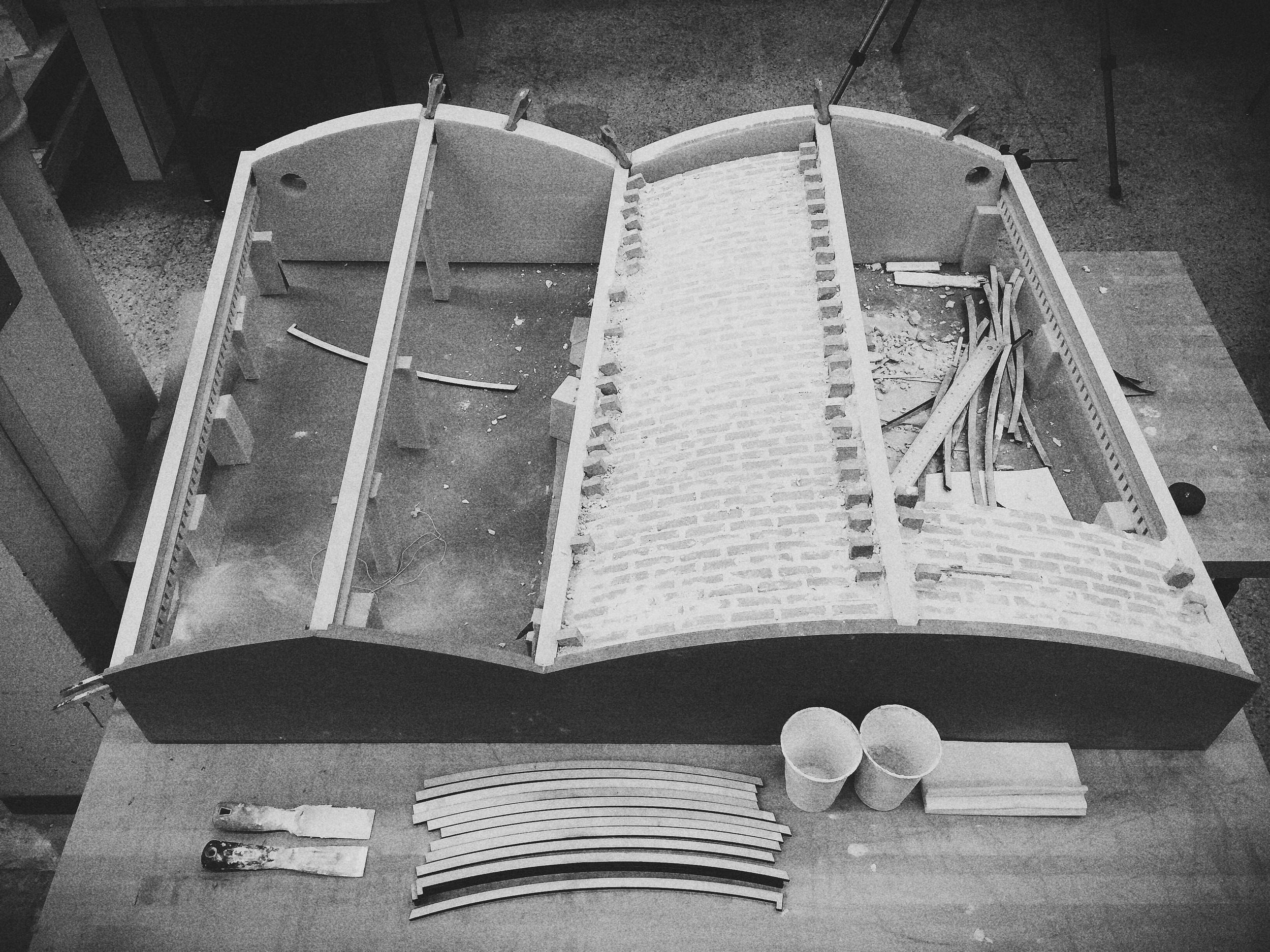
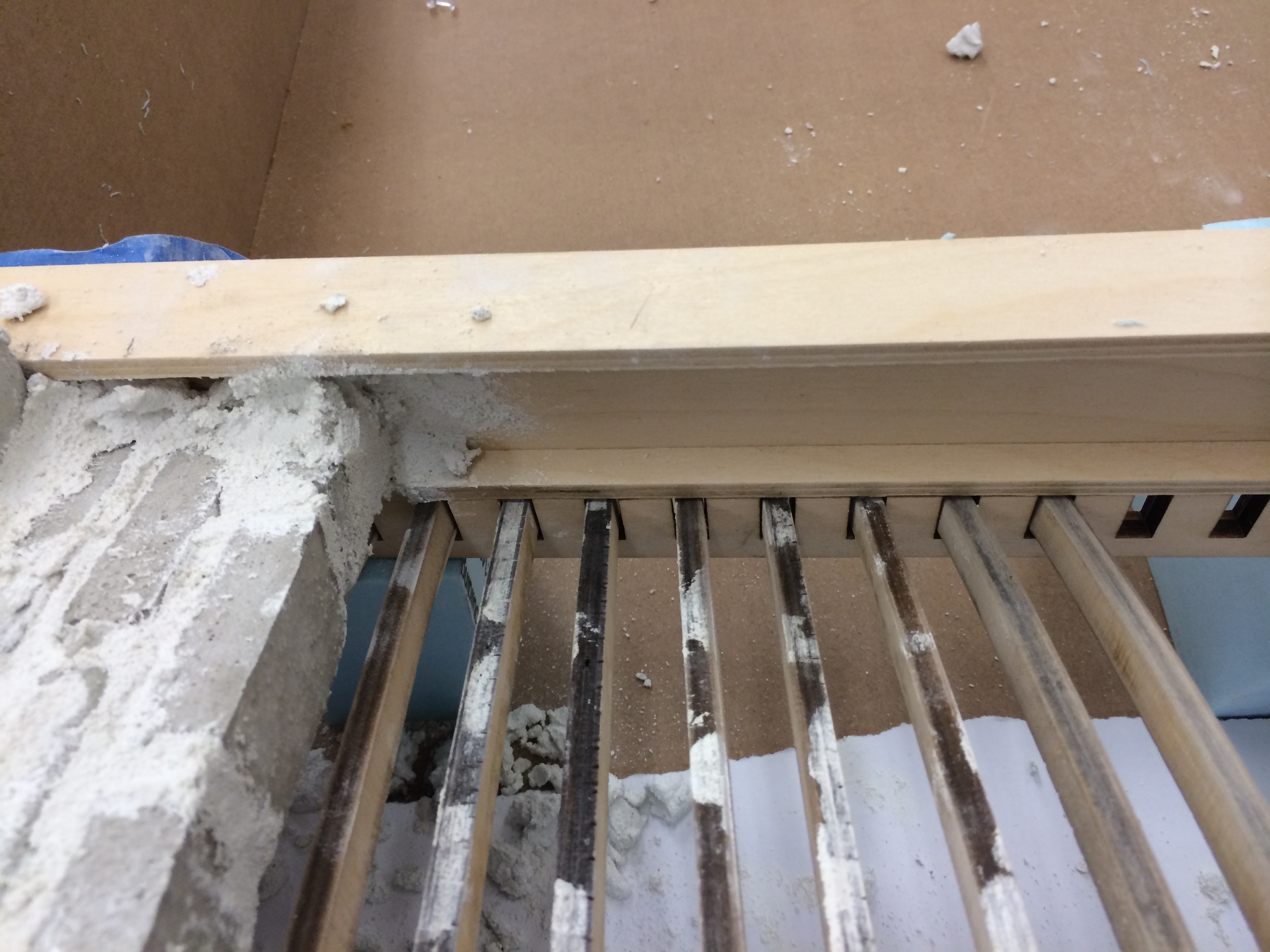


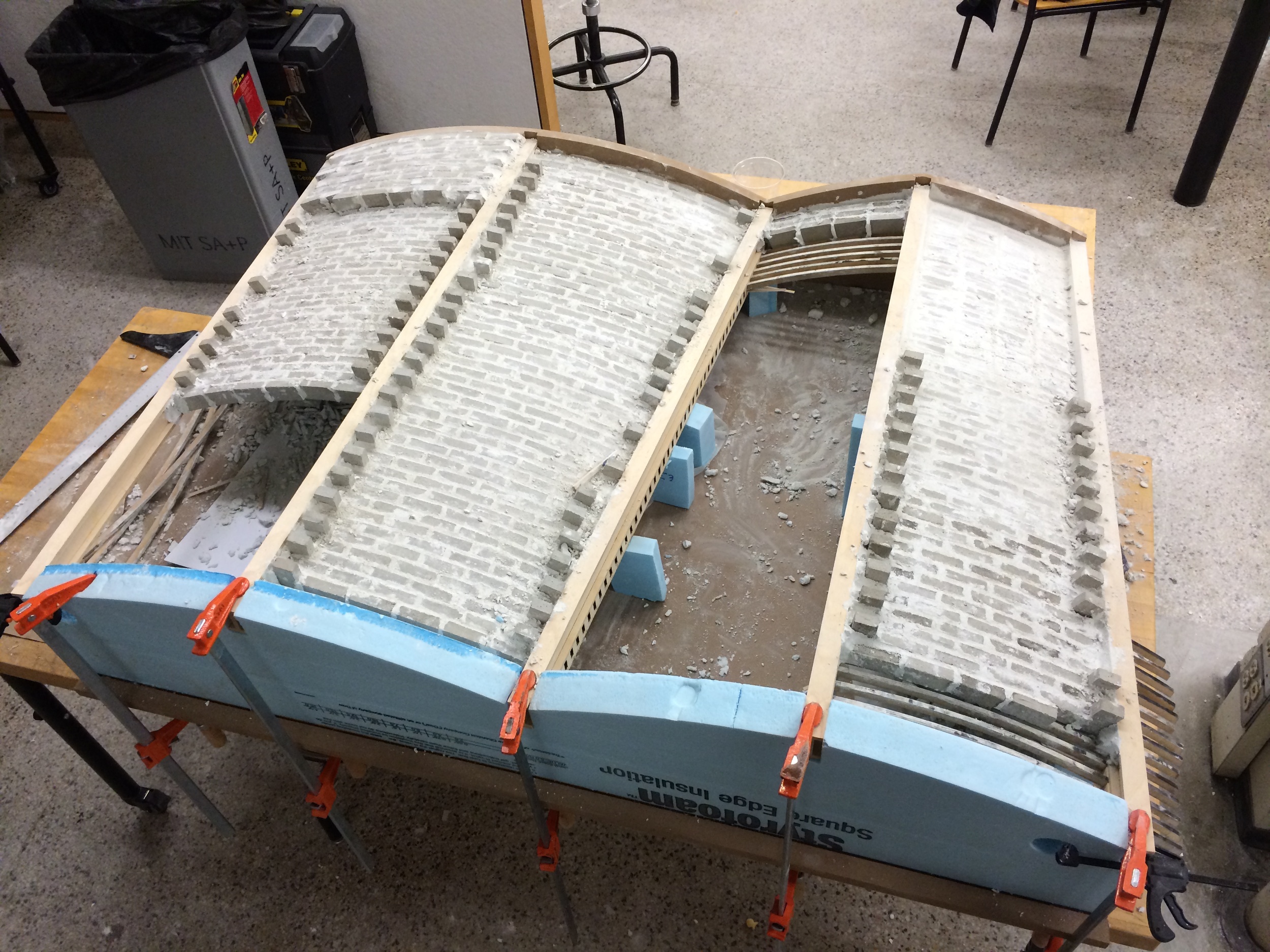
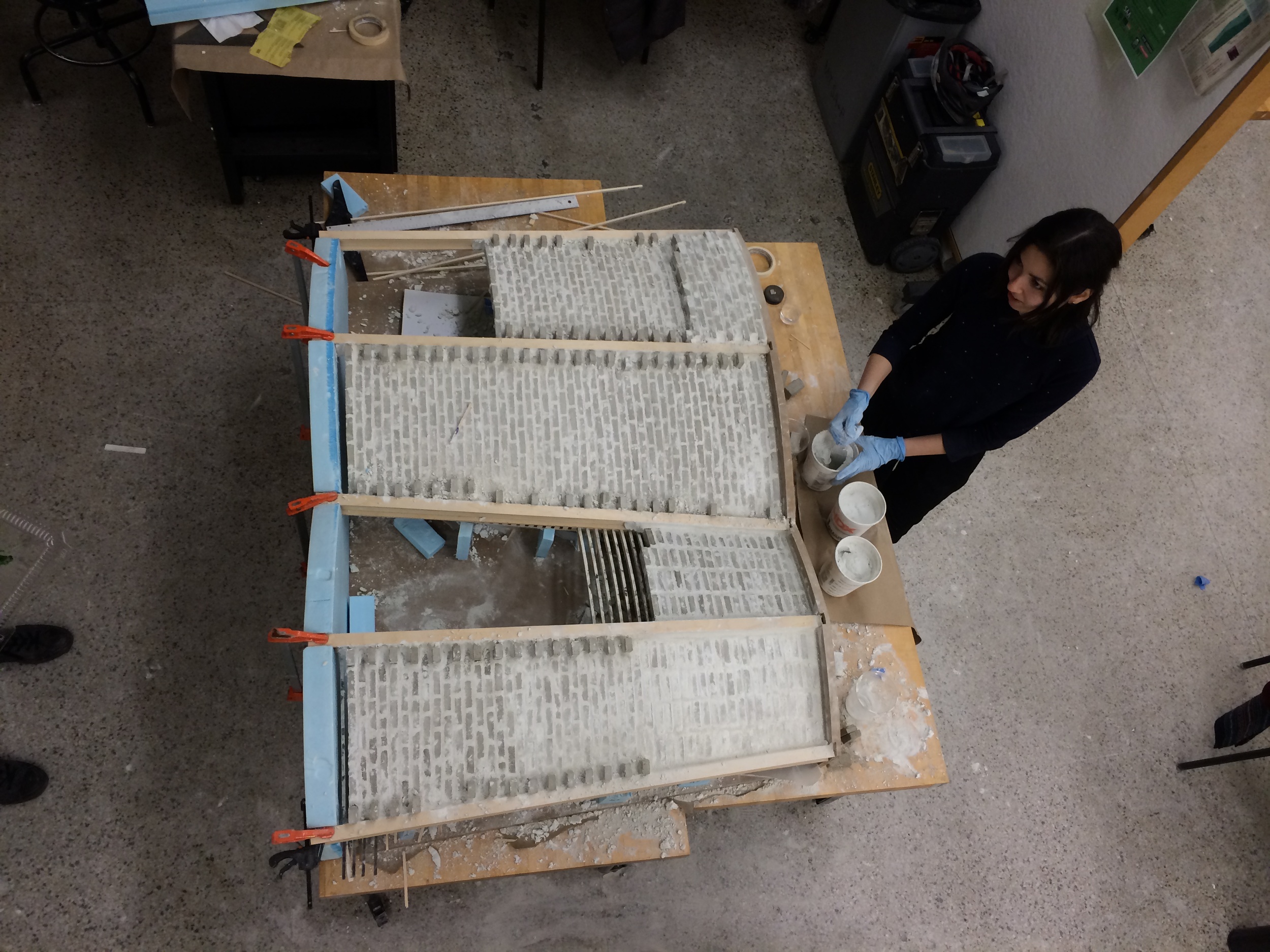
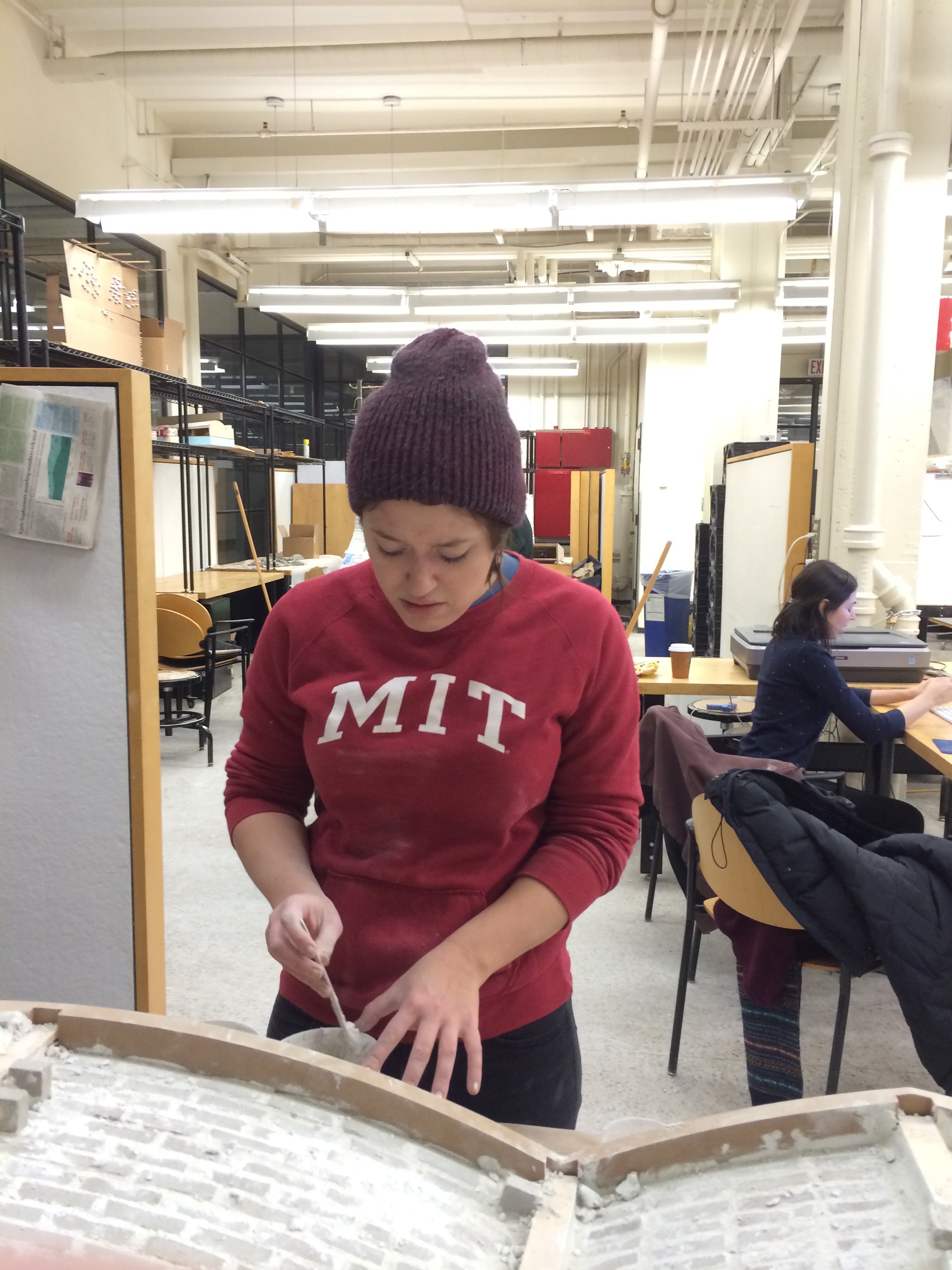
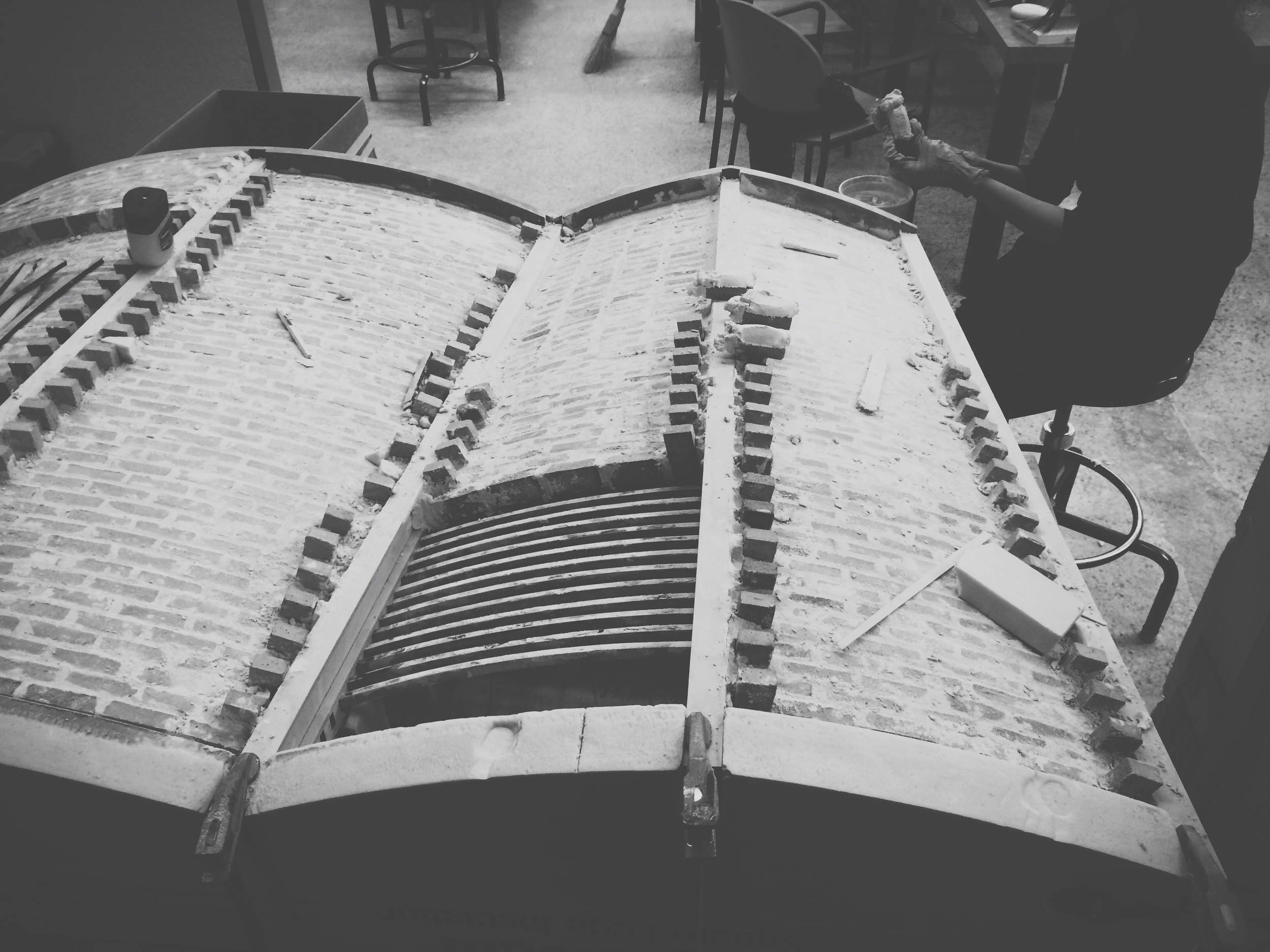



The Masonry Studio
Check out this brick vault I'm building!
In this semester's studio we are starting our masonry research by studying the brick work in the 1966 Church of St Peter in Klippan, Sweden by architect Sigurd Lewerentz. We are modeling a possible construction method of a portion of the roof based on what we know from photos and drawings. The vault is a series of intersecting extrusions of one radius along a beam. Because the vault is an extrusion and not a cone, one could use a reusable formwork with a constant radius to build each arch. We are modeling how a mason might place these bricks on a removable wooden rib of that radius that notches into two temporary beams supported from the ground. Lewerentz never cut any bricks for this, but does turn the brick on its end for the effect of a "half brick." The adjustments are made in the mortar joints. There will be two layers of brick modeled here. It took us about 20 minutes to lay each course of brick....so in approximately 26 hours of work it will be "finished." Each bay will be an experiment of different building techniques, and will be in various stages of completeness to reveal the process.
It's amazing to me that such technology of construction method can be lost in history. Older buildings that do not have documentation on the details of formwork and construction leave us guessing and interpreting clues as to their method.
It's exciting to be building! This is what ultimately attracted me to MIT. We learn by making here. After all, our motto is Mens et Manus: Mind and Hand.
Bricks are at 1:4 scale, cast from Quikrete in rubber smooth-on molds. For mortar we are using joint compound. Base is constructed of milled MDF and plywood "I-beams." The blue foam is a stand in for a piece of acrylic to act as our cut plane. This is a 3-person group effort with David Miranowski and Elizabeth Galvez.
Click through the gallery below:
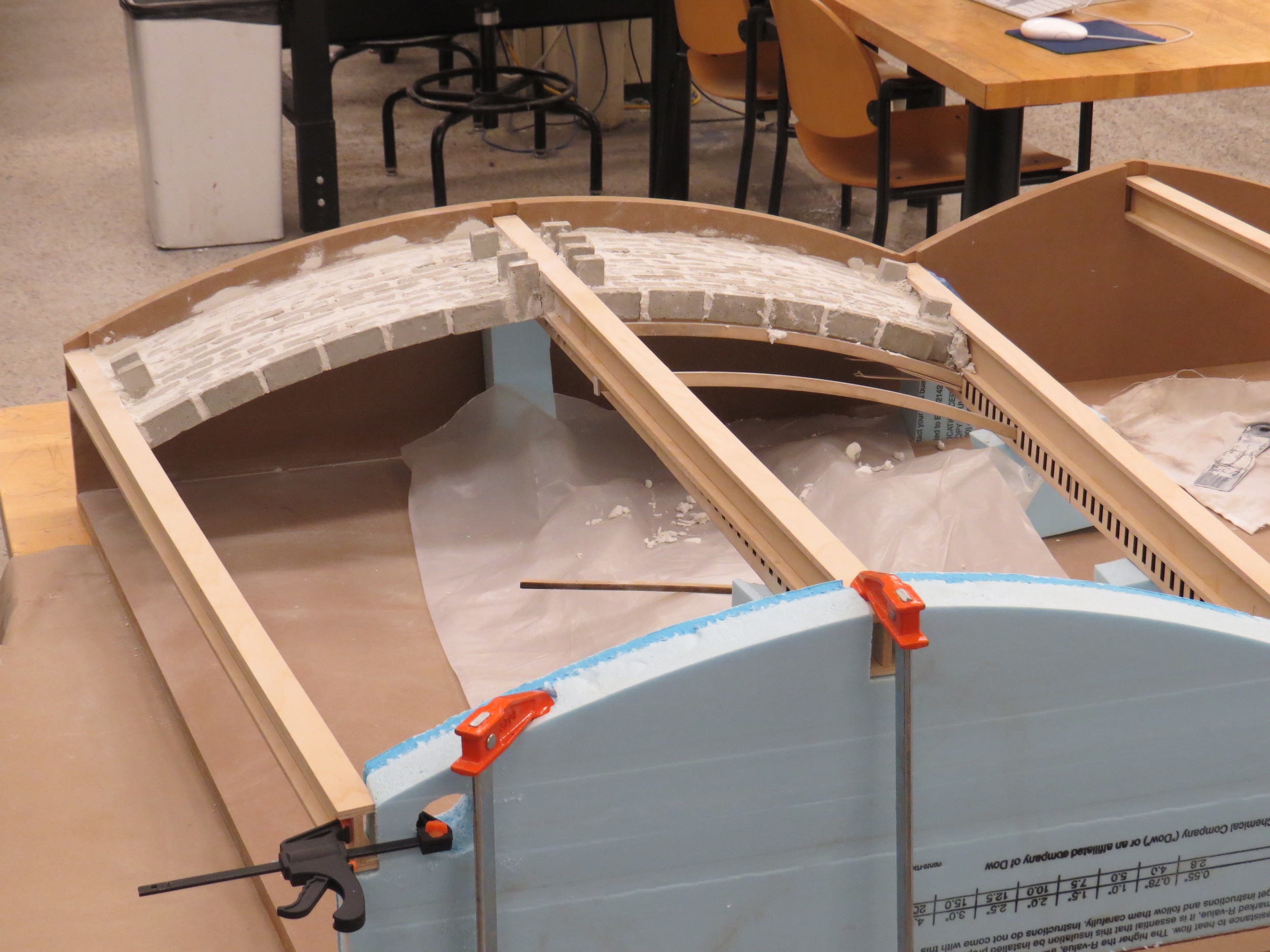
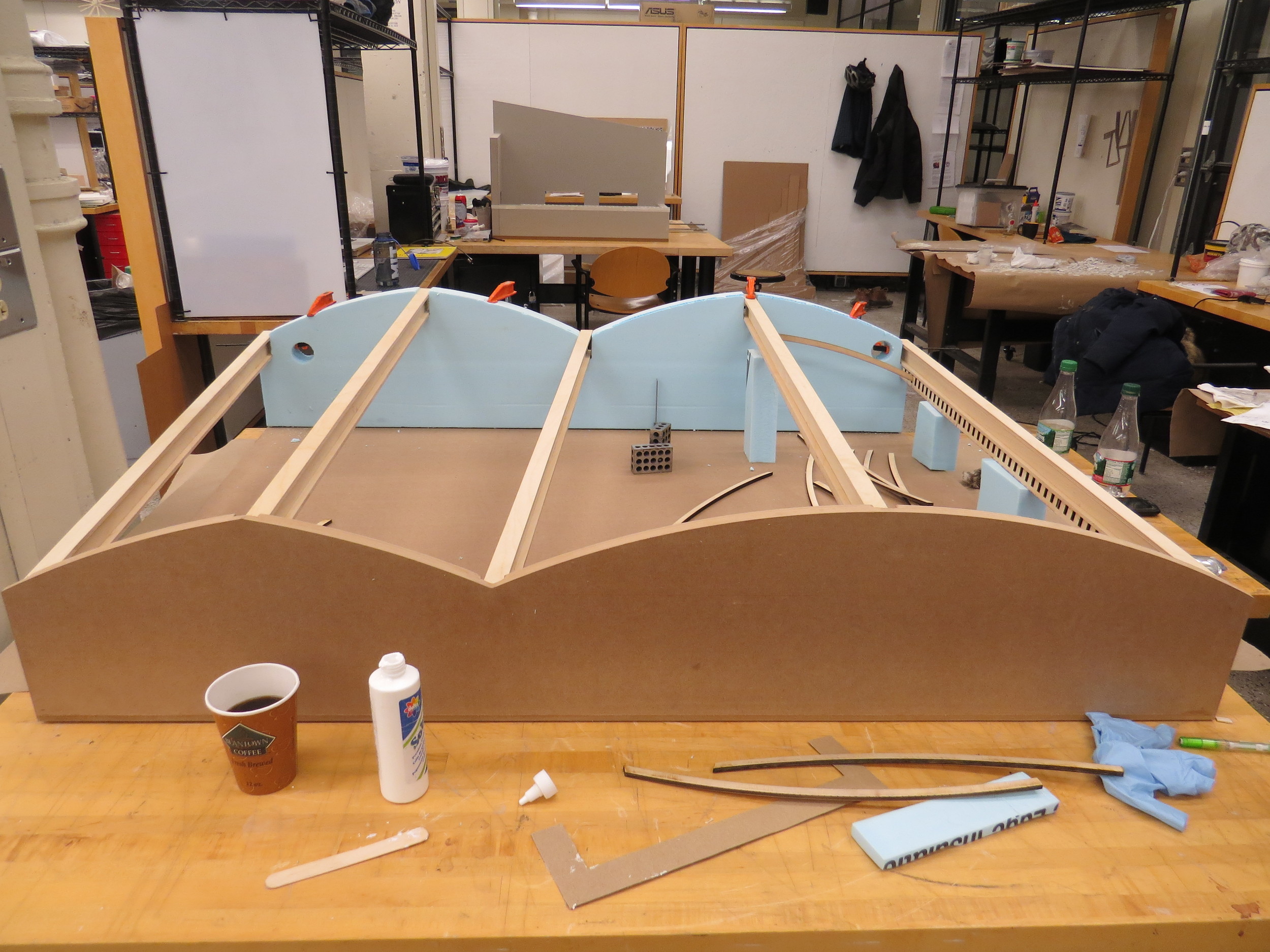
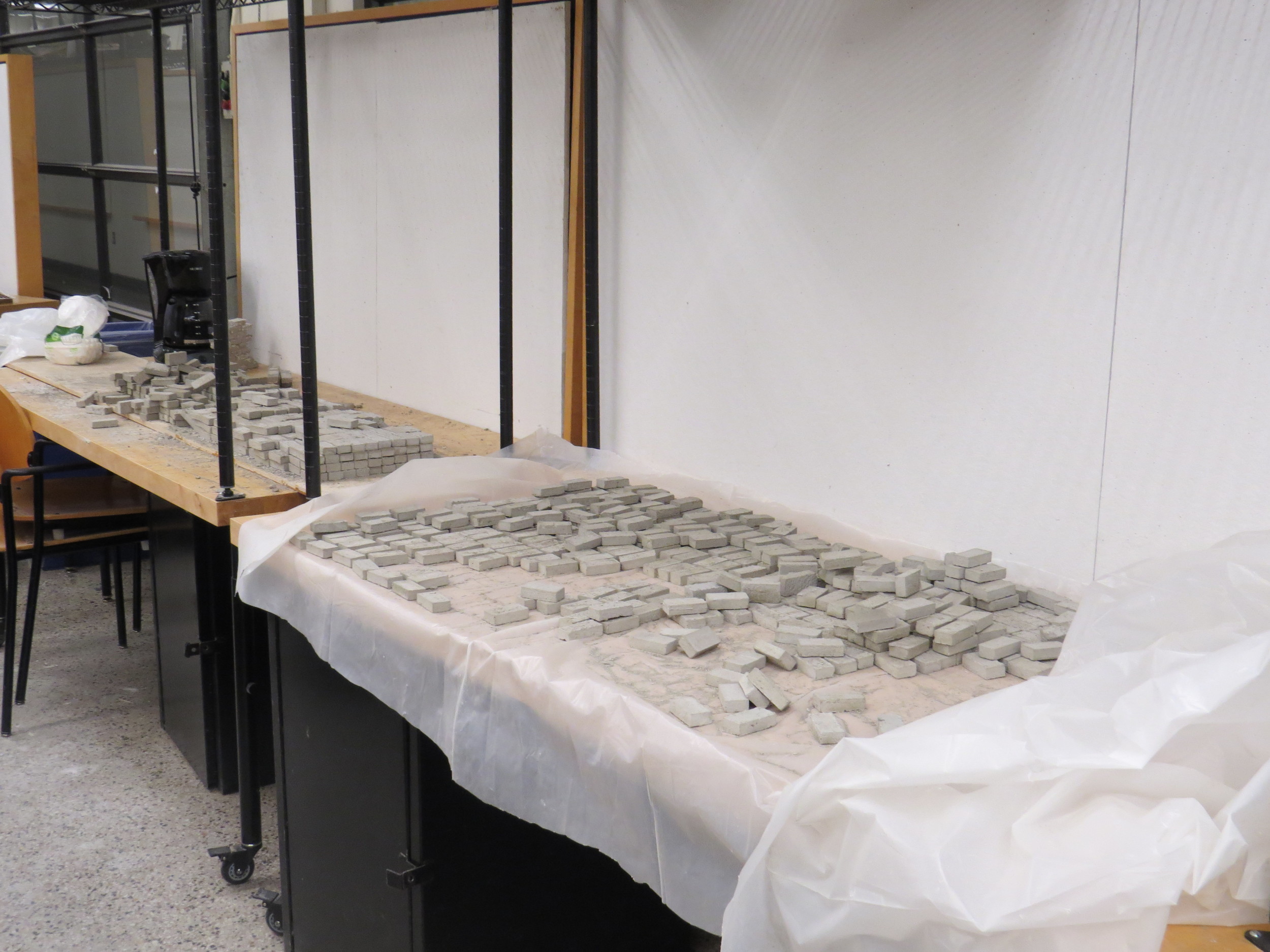
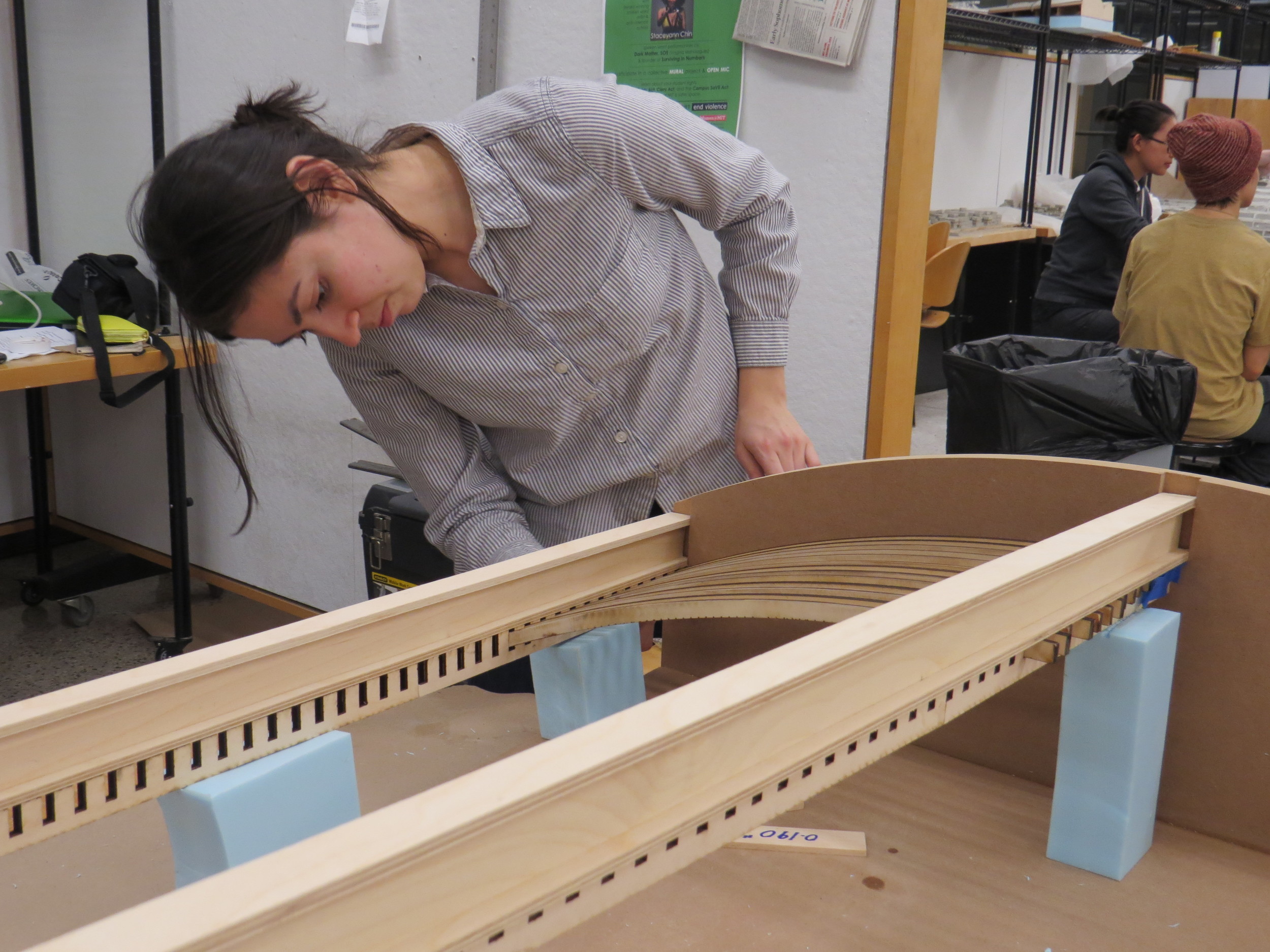

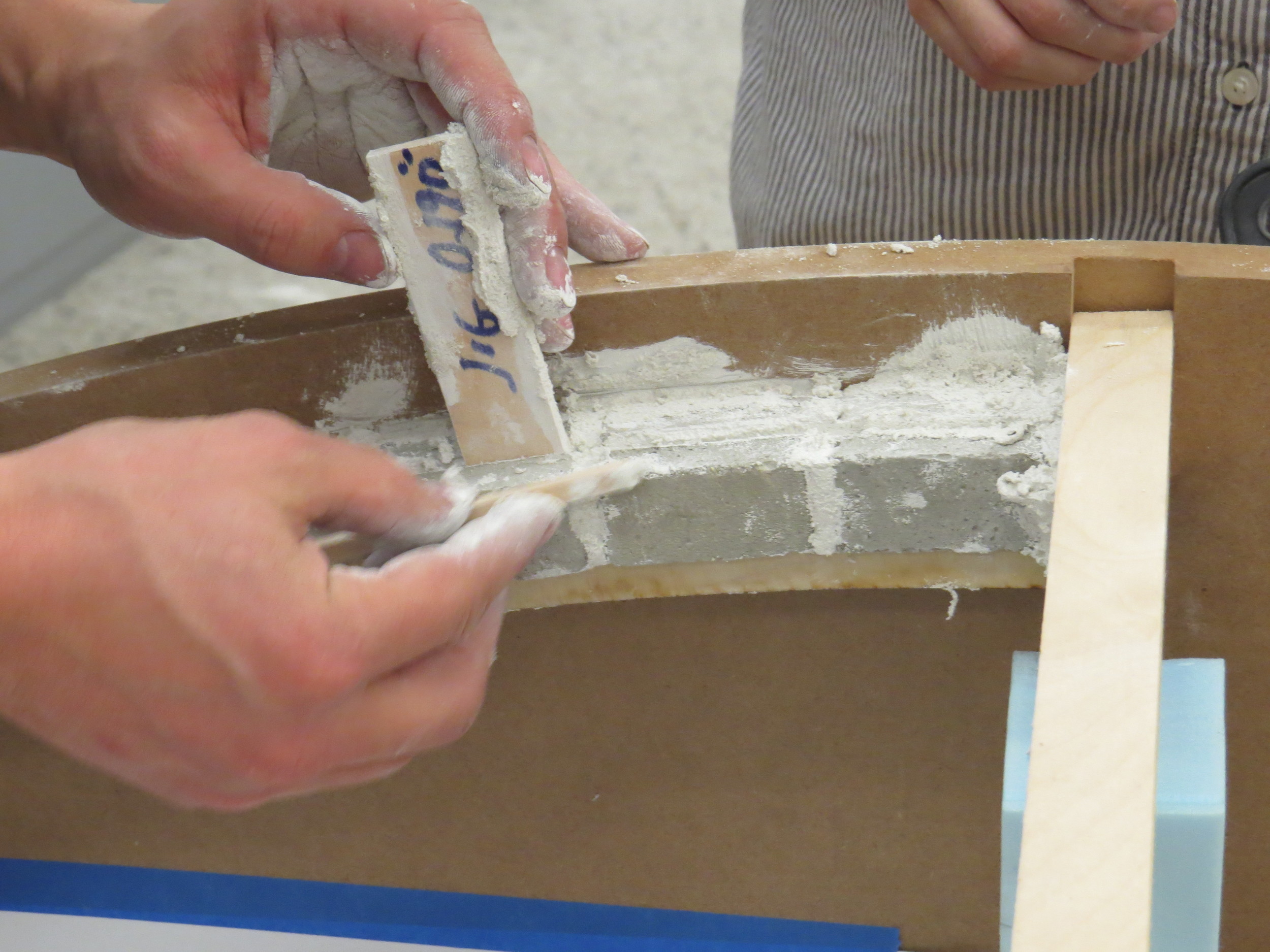
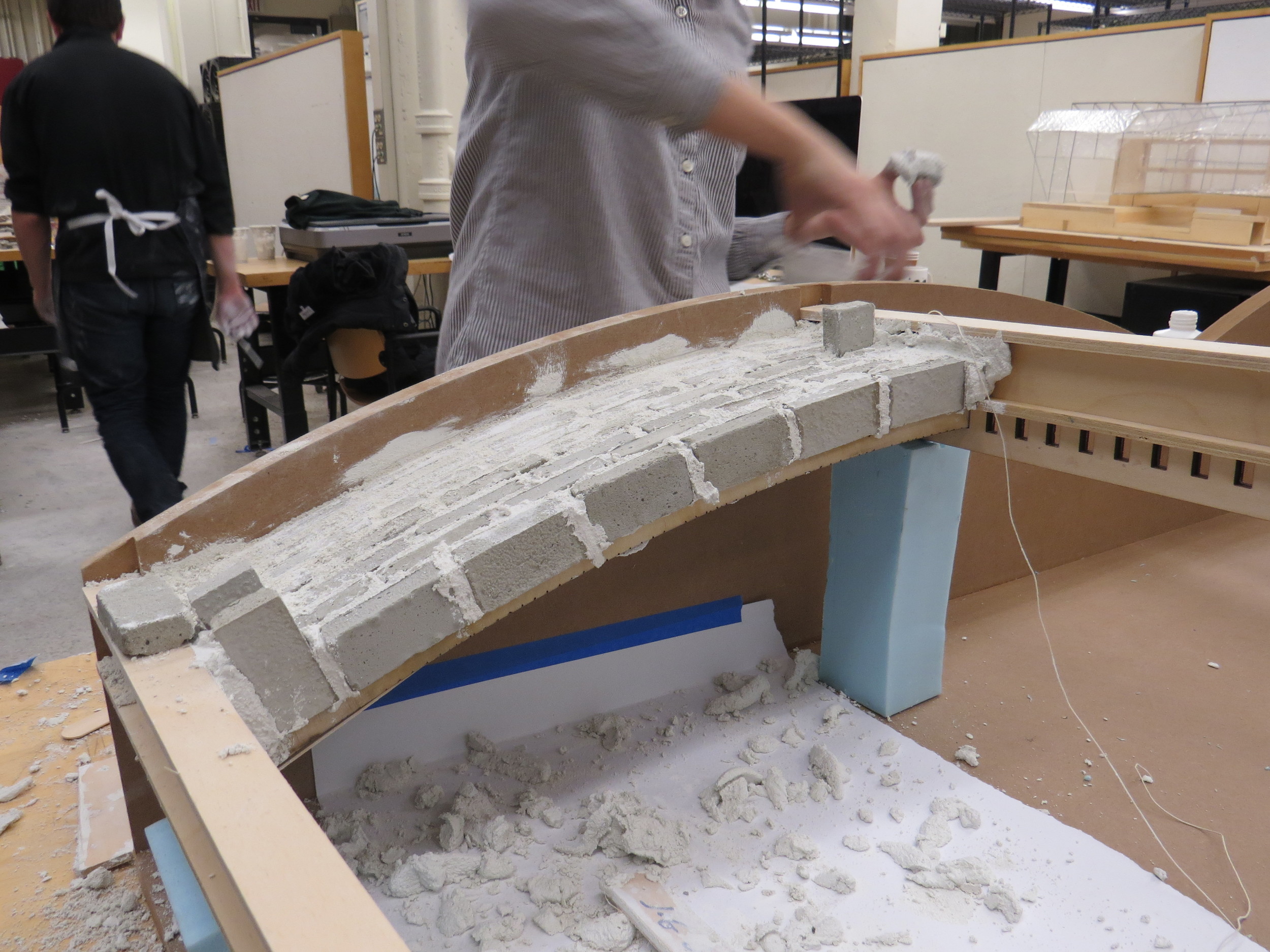

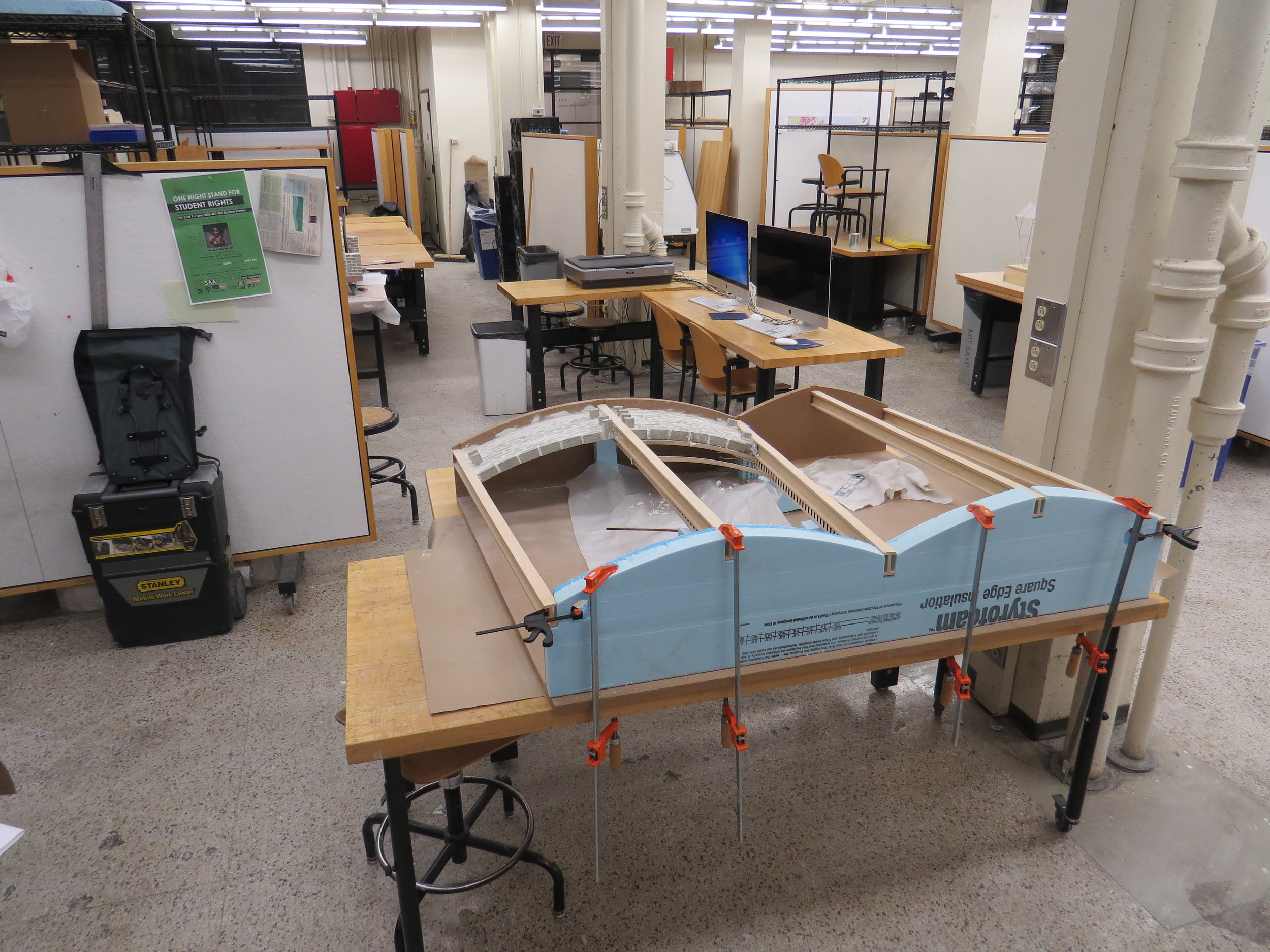
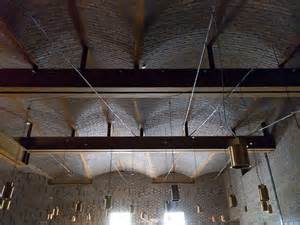



Some Bat House Recognition!
A professor of mine from undergrad at UB, Joyce Hwang, whose firm is called Ants of the Prairie was recently named as one of eight “Emerging Voices” by the Architectural League of New York for 2014 (http://archleague.org/2014/02/emerging-voices-2014/).
A huge congratulations to Joyce who is now a part of the long and impressive history of past winners! (http://archleague.org/2000/05/past-emerging-voices/) The list is long, including Steven Holl, Morphosis, Stan Allen, MOS, Jeanne Gang + some current MIT professors: Nader Tehrani, Sheila Kennedy, Mark Goulthorpe, Vincent James and Meejin Yoon.
Joyce will be in NYC to give a lecture on Thursday March 13. That evening’s event will also feature Rael – San Fratello Architects from San Francisco, and will be moderated by Fred Bernstein. See here for more info:http://archleague.org/2014/03/emerging-voices-ants-of-the-prairie-and-rael-san-fratello/. I'm planning on attending and am quite excited!
I worked with Joyce along side a handful of other students on the Bat House (see Projects page http://www.lauraschmitzdesign.com/bat-house2/) which was a fun project to design and build. I presented this project to my aspiring architecture students that I taught at the Boston Architectural College in 2012 and I think it expanded their mind about what kinds of things an architect can design. "A house for bats? Bats? like you mean the ones that fly around?" Yup. Architects can design bat houses! And endless other cool stuff...see Ants of the Prairie: http://www.antsoftheprairie.com/
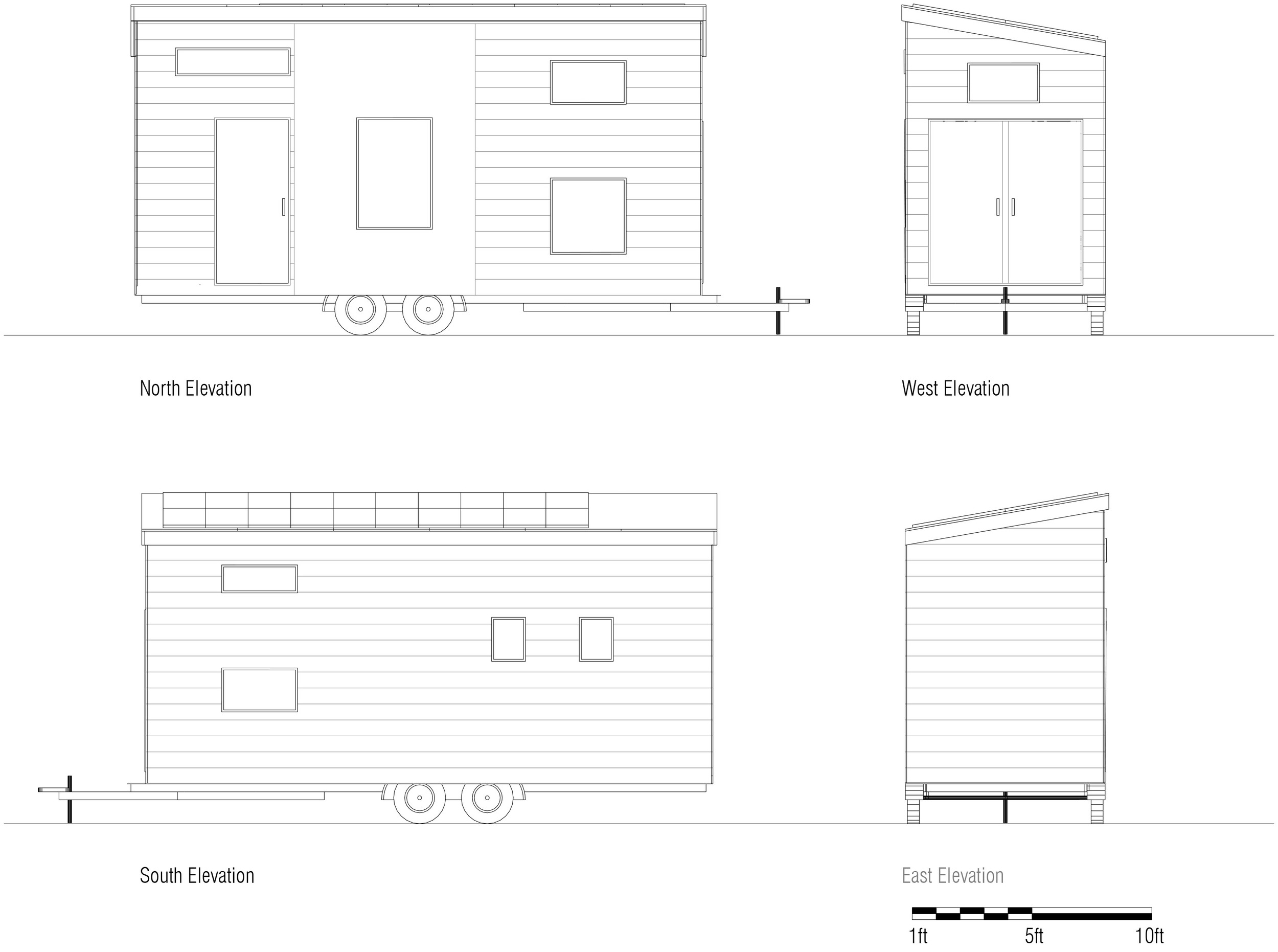
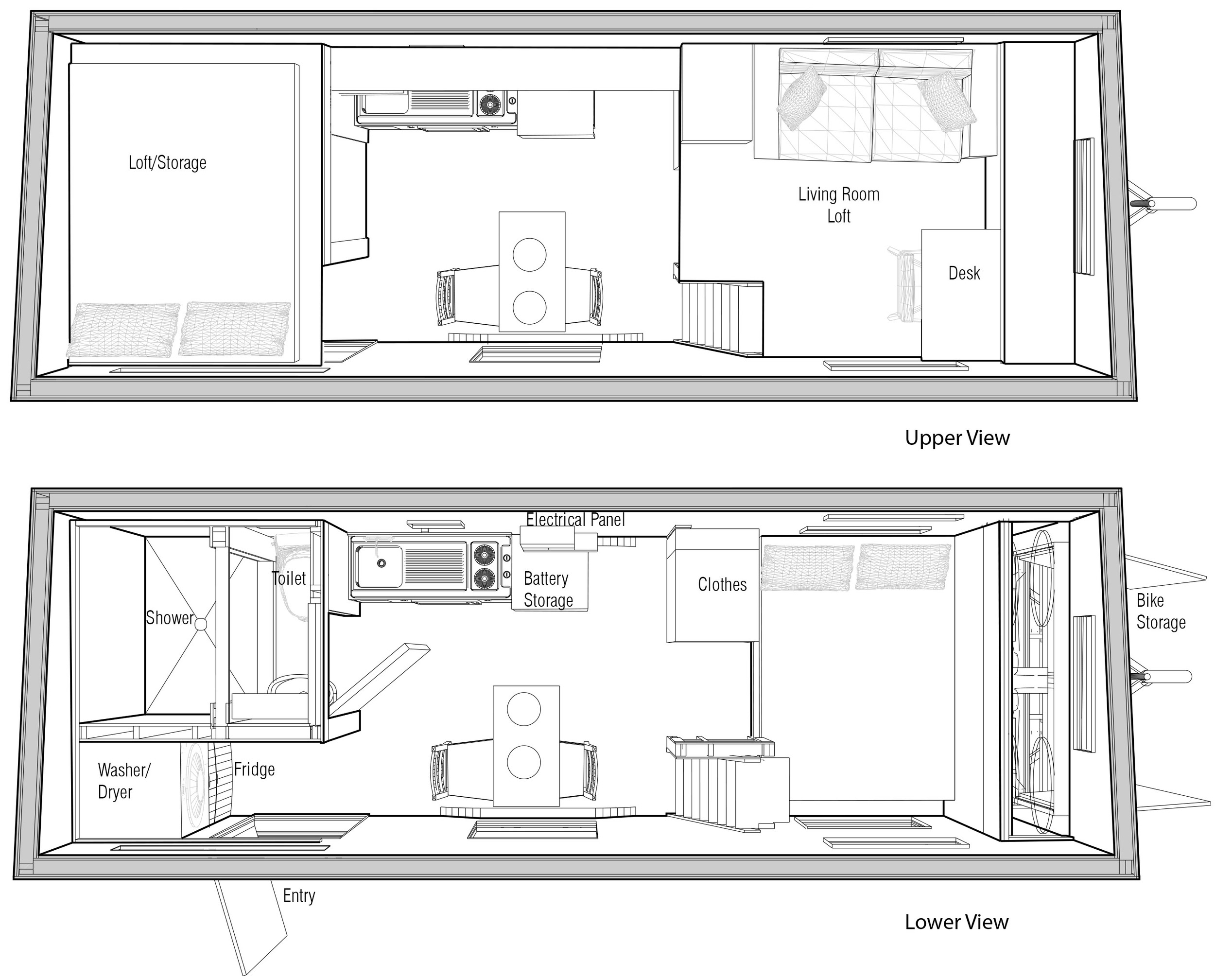
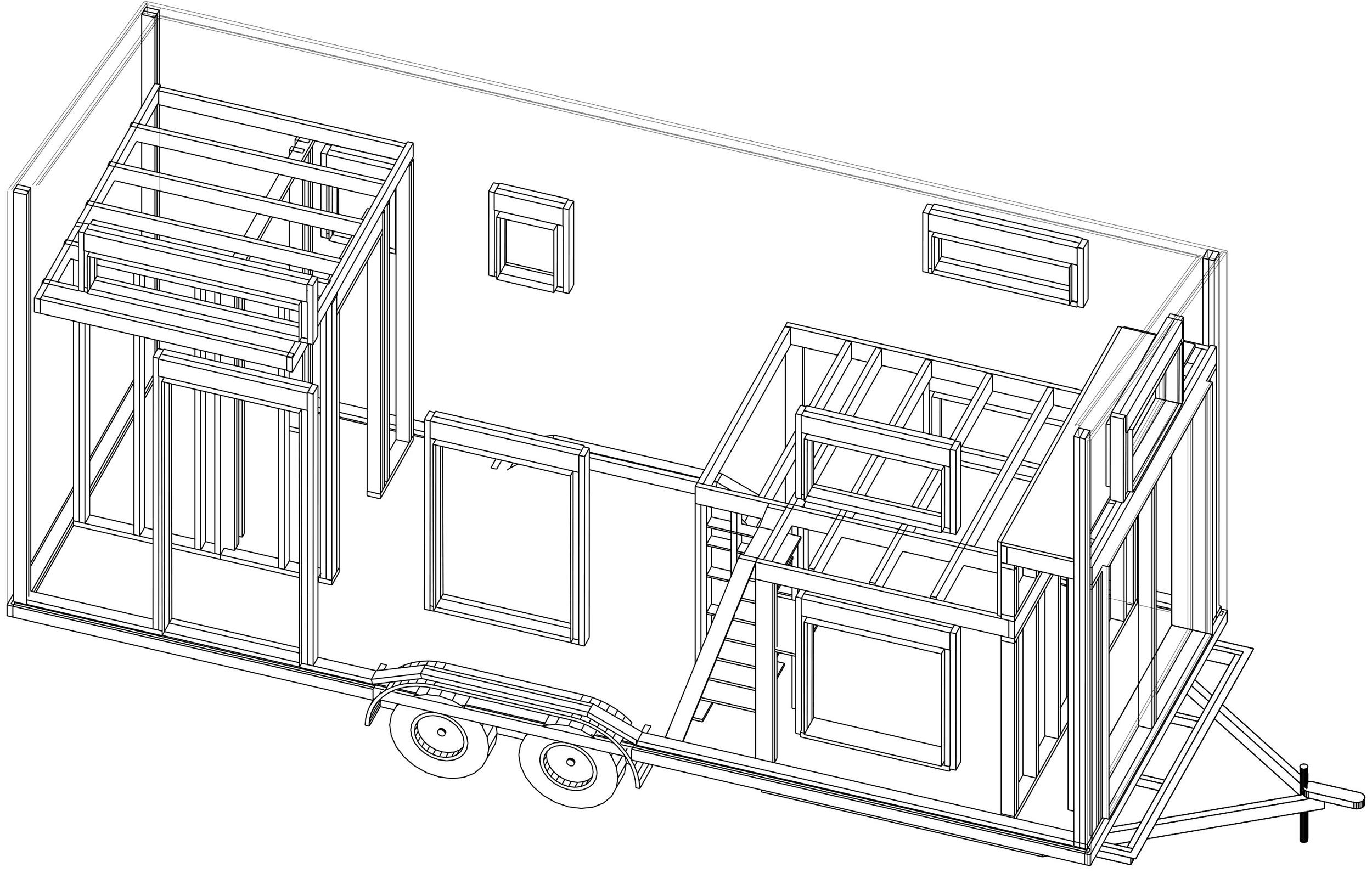

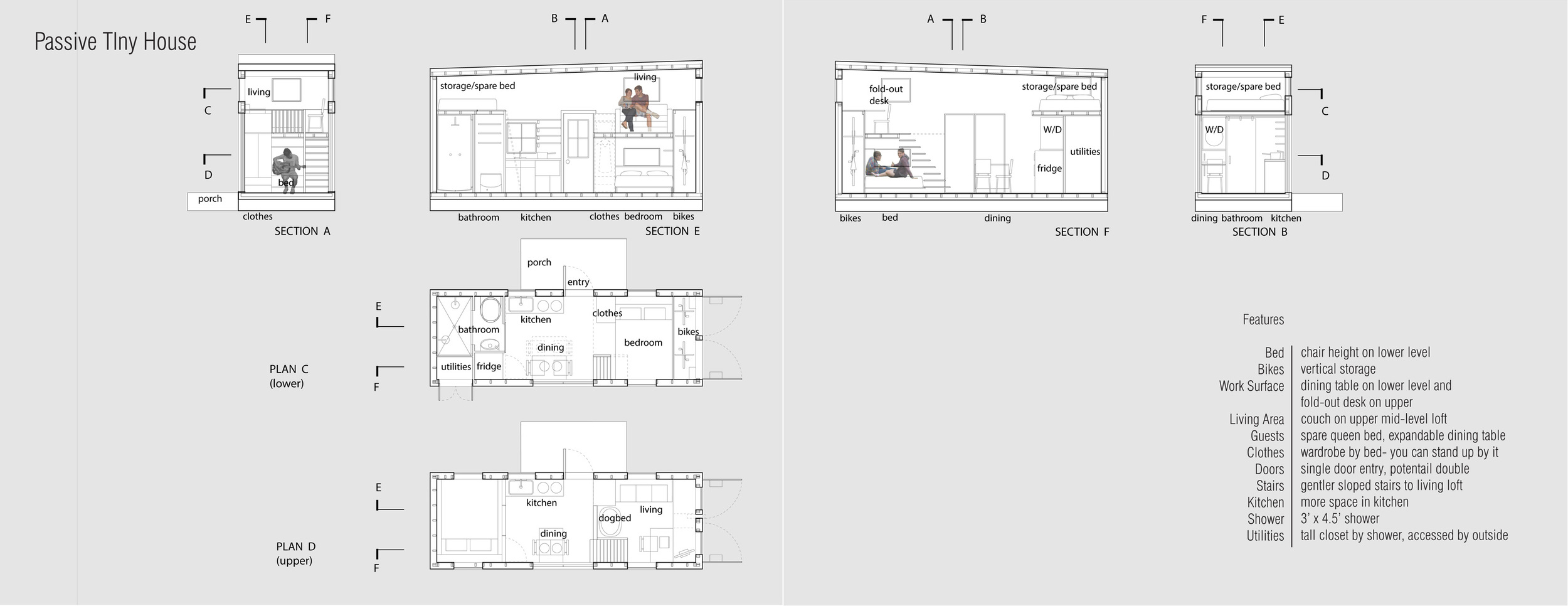
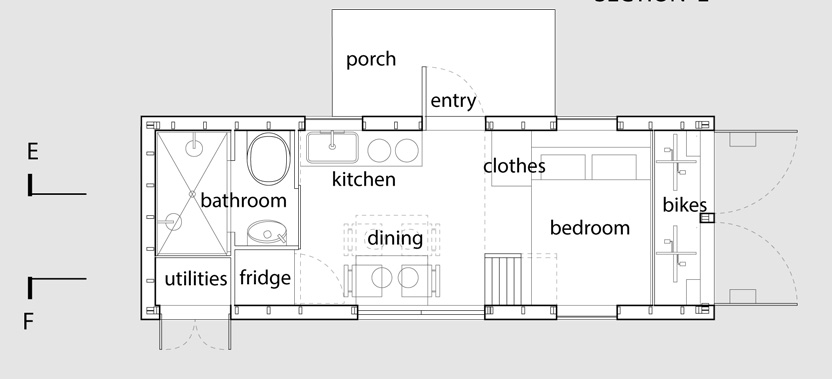
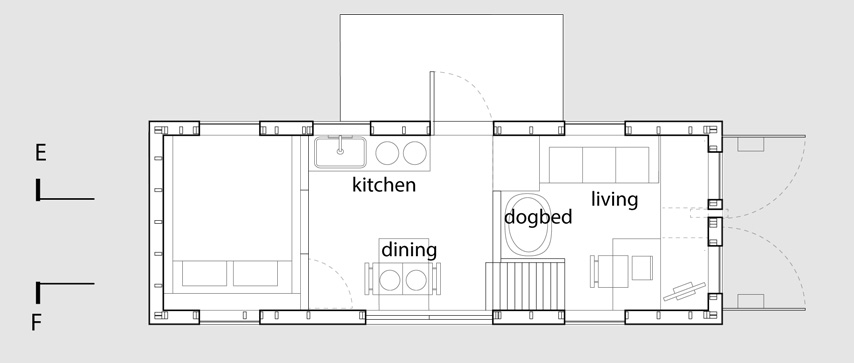

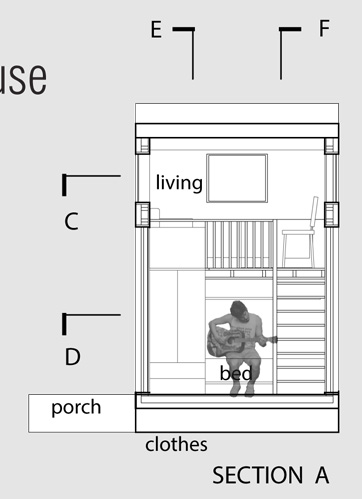
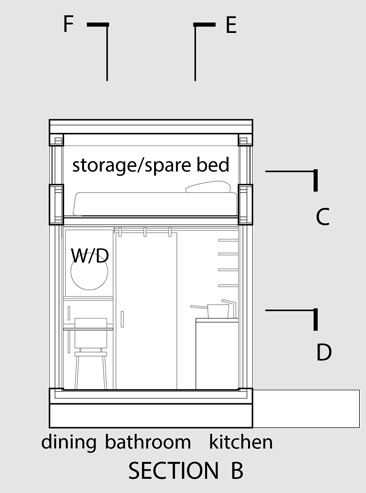
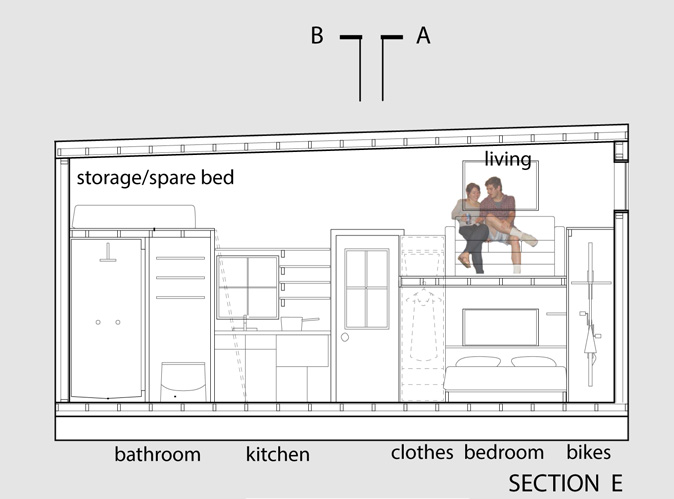










![dIAGRAMS SEQUENCE [Converted]vERTICAL2.jpg](https://images.squarespace-cdn.com/content/v1/528944dbe4b088c60f4c98fd/1394333430741-29V4IHN0O81276YPF8NN/dIAGRAMS+SEQUENCE+%5BConverted%5DvERTICAL2.jpg)
